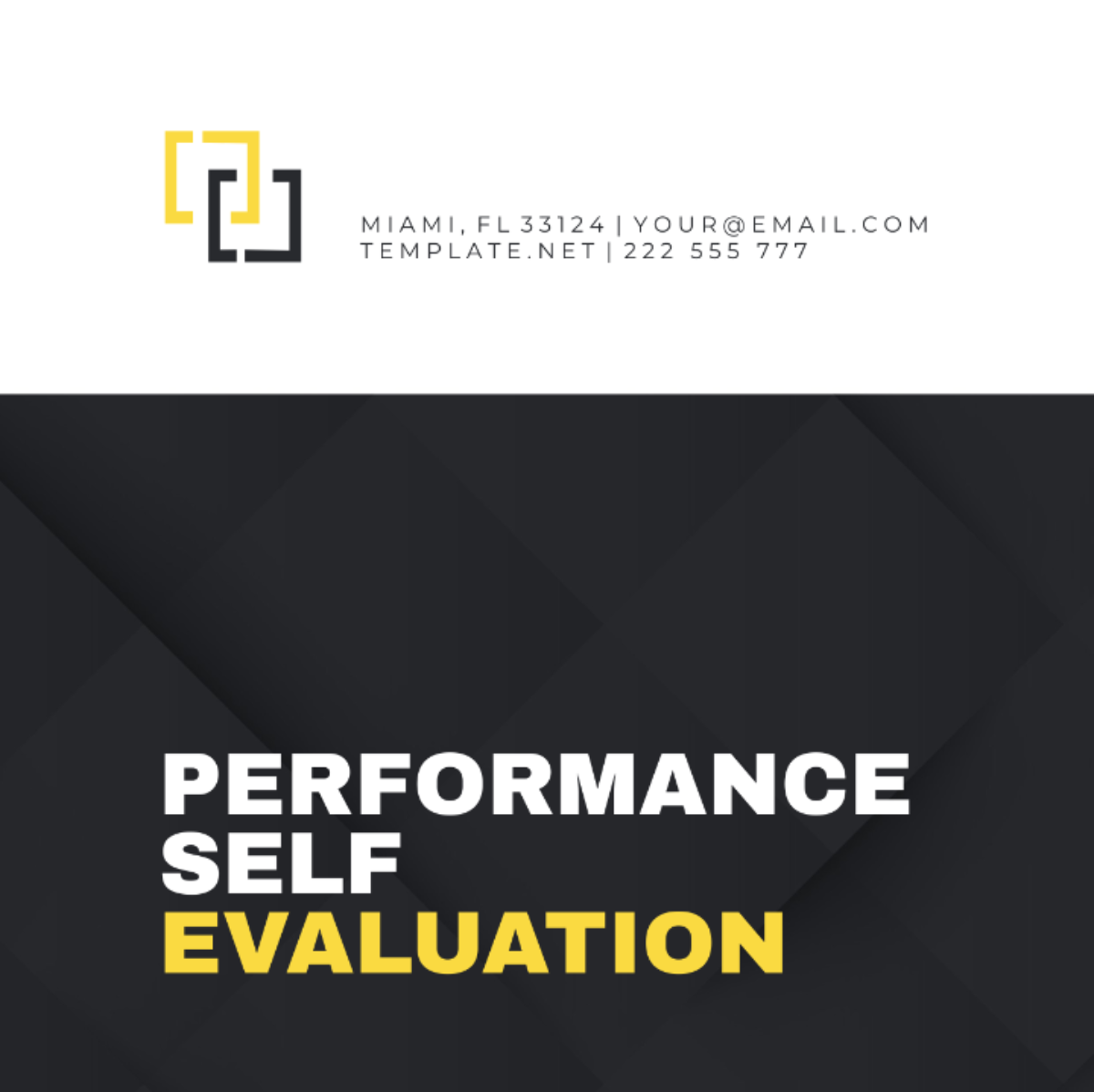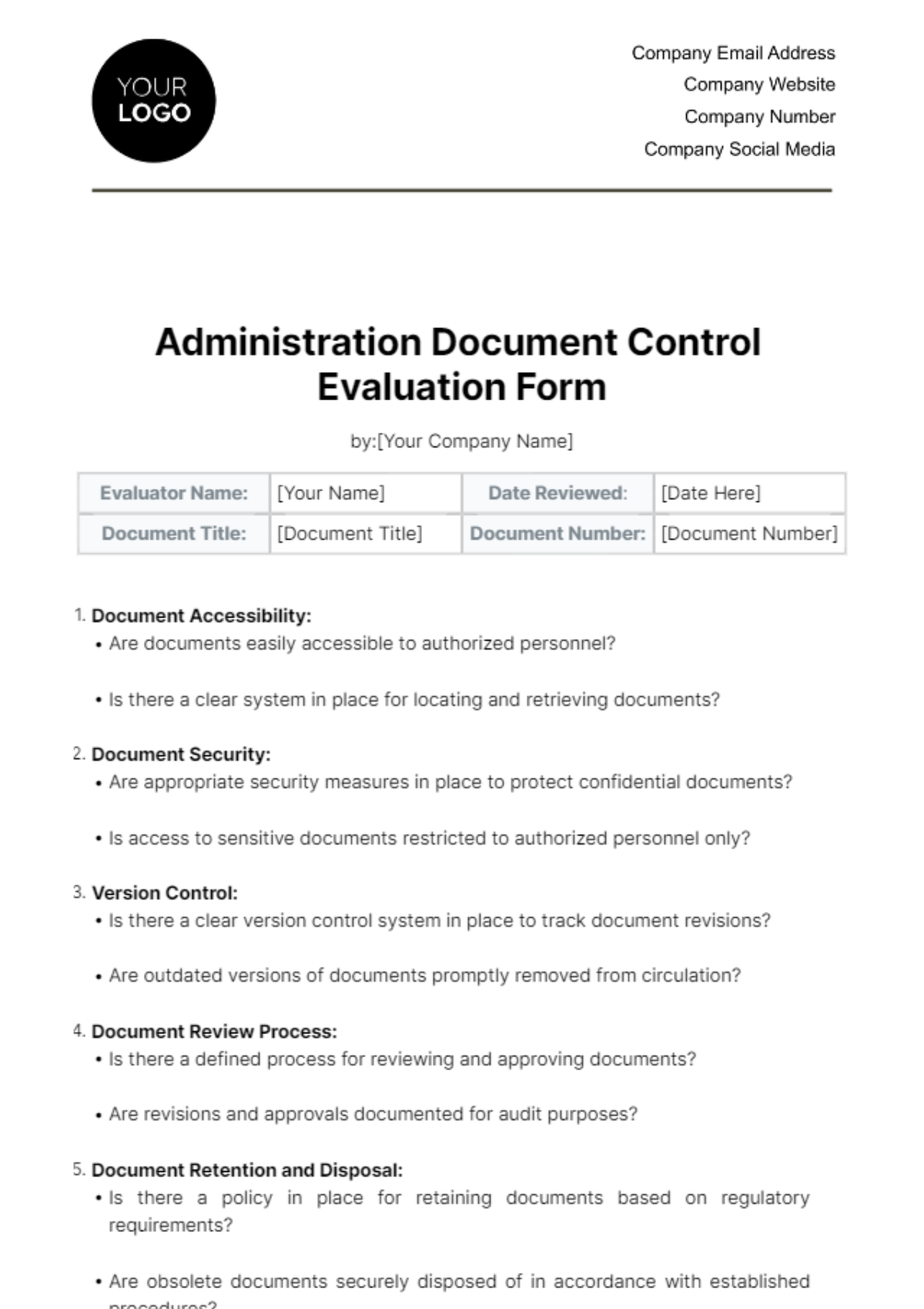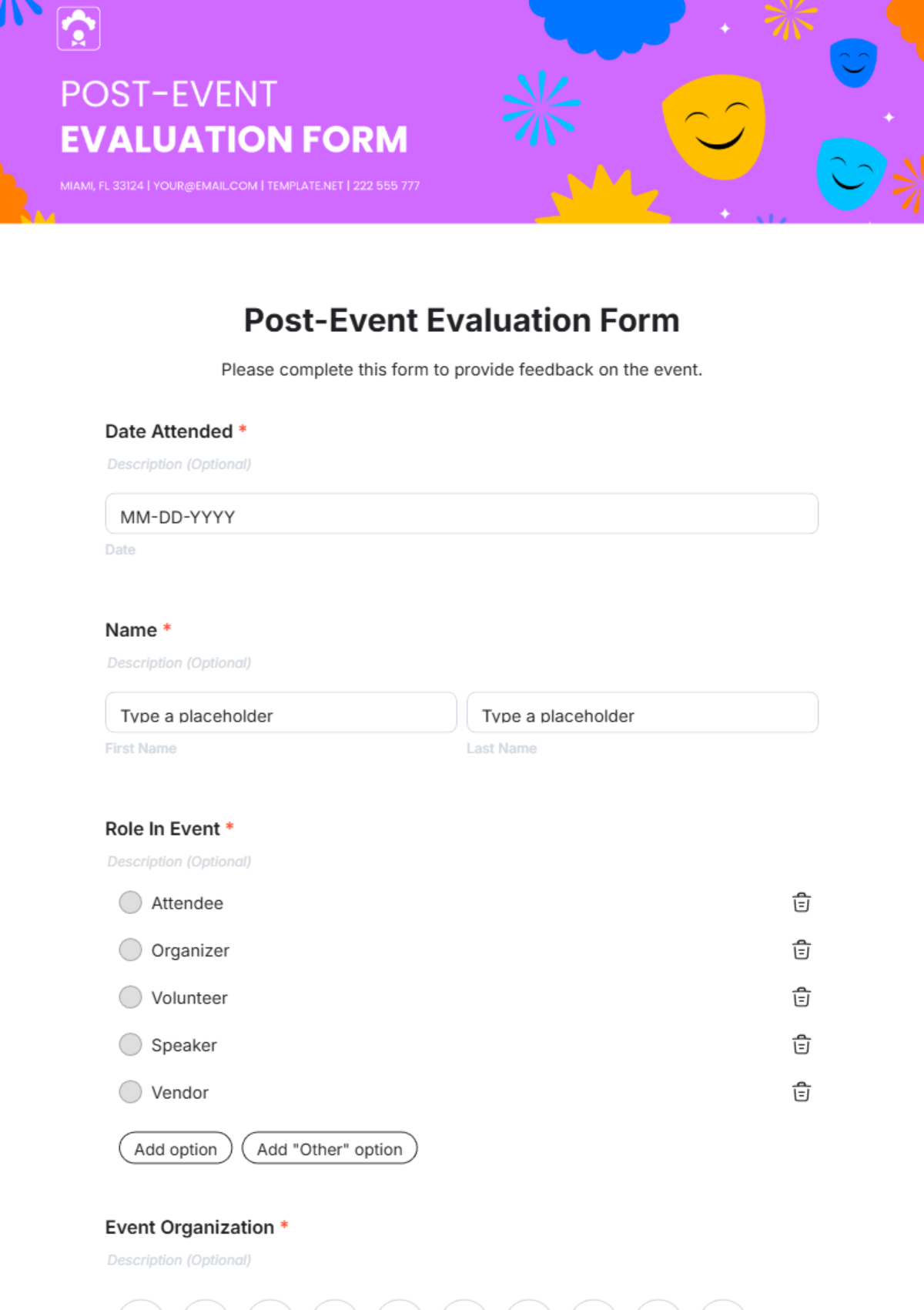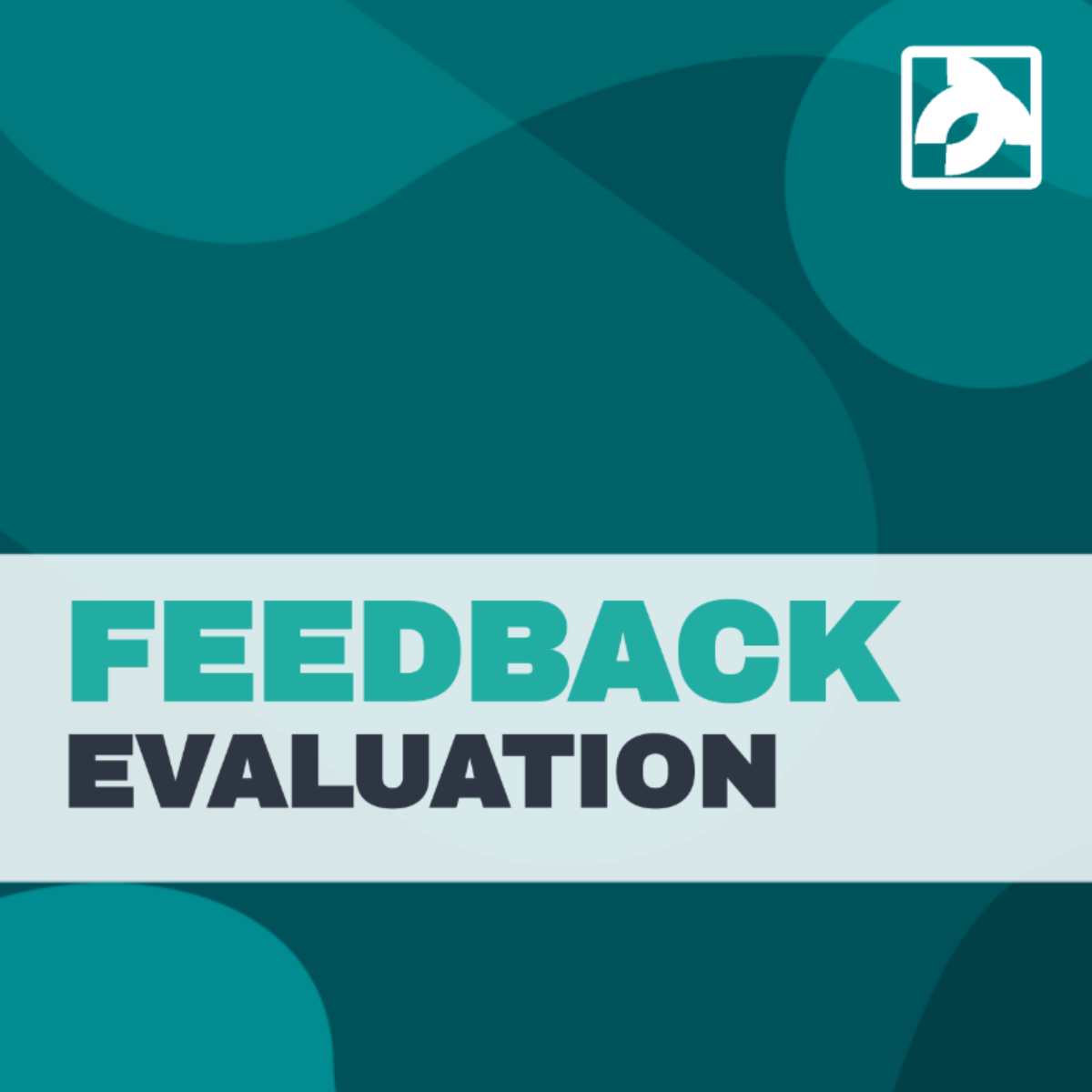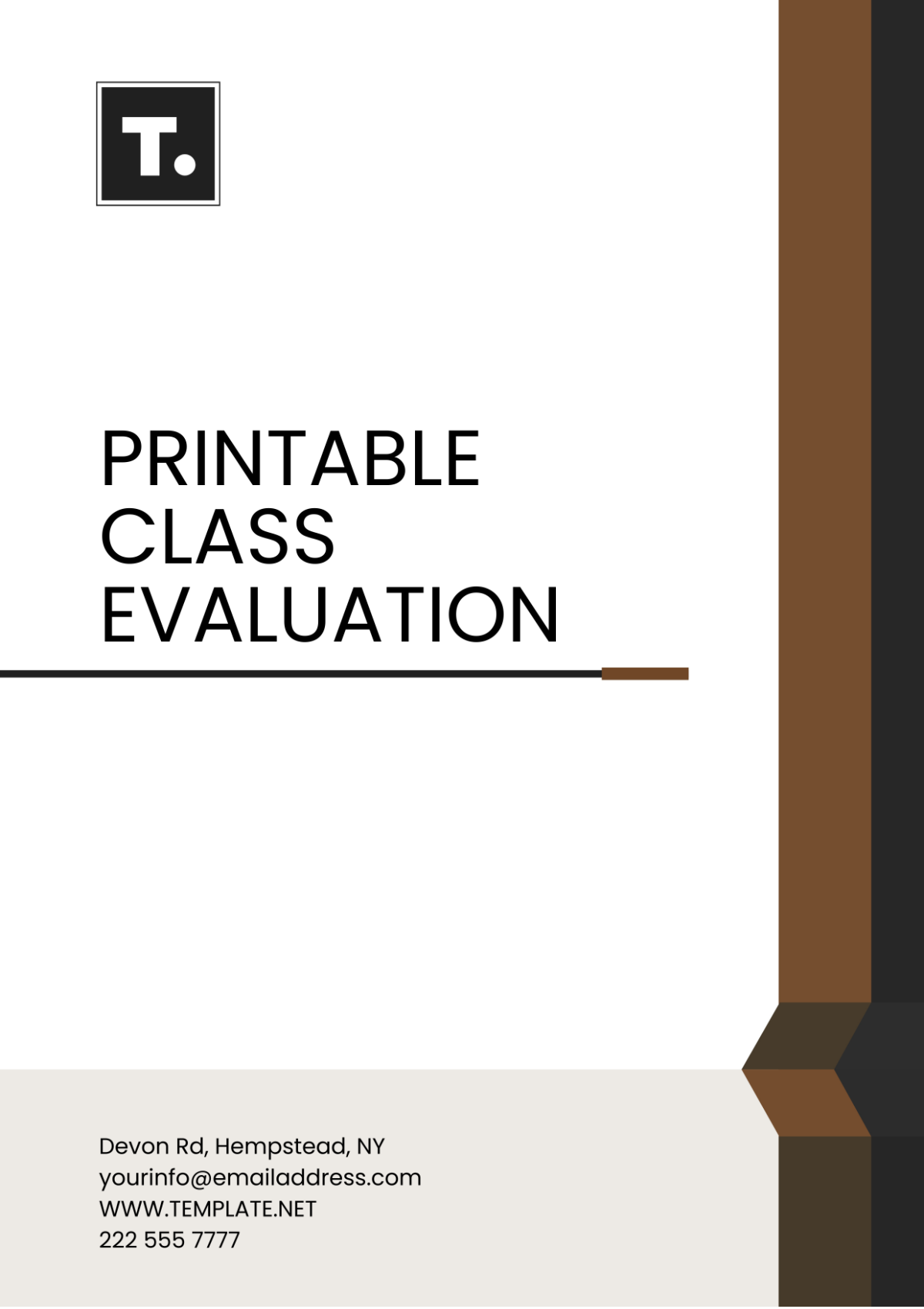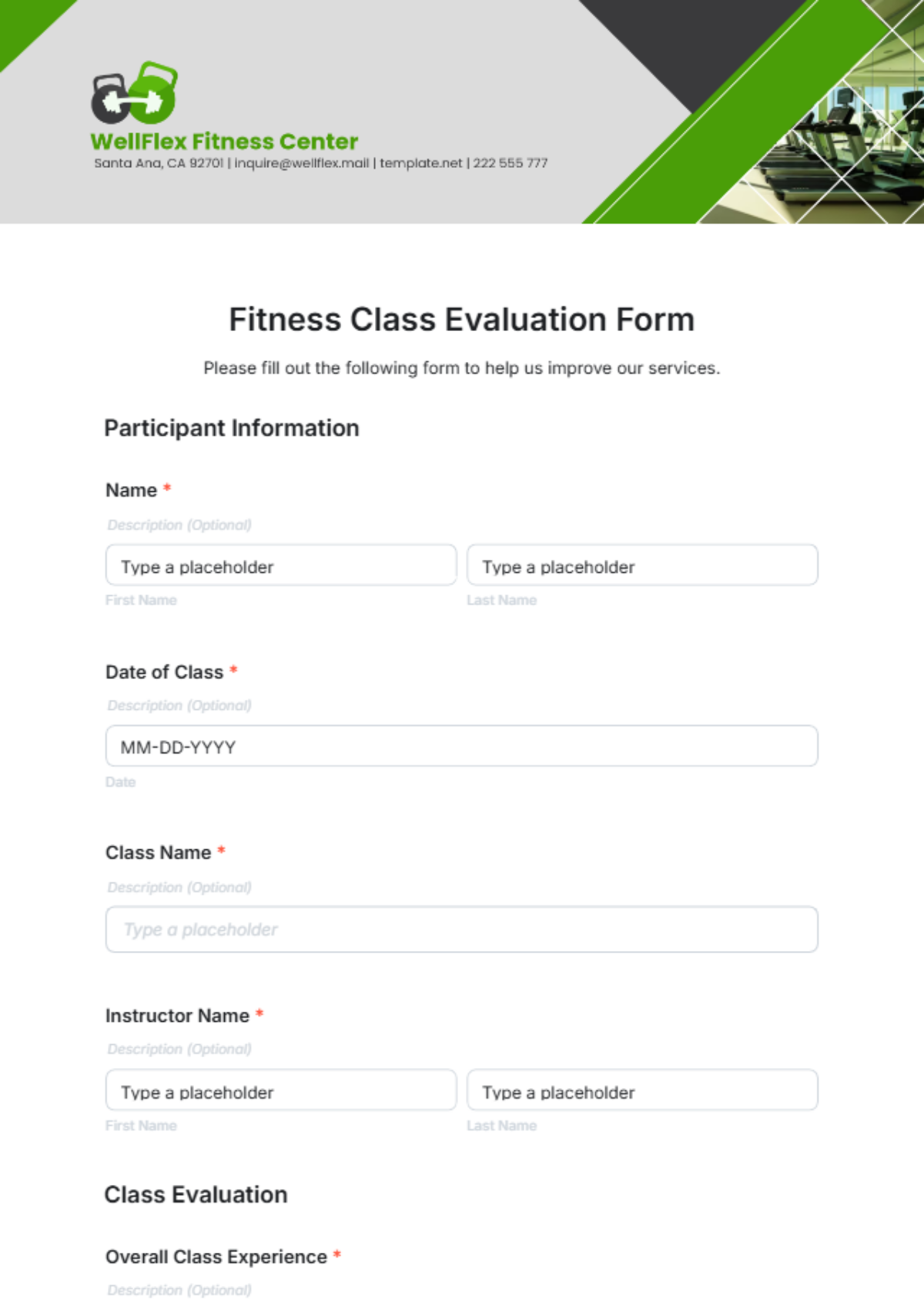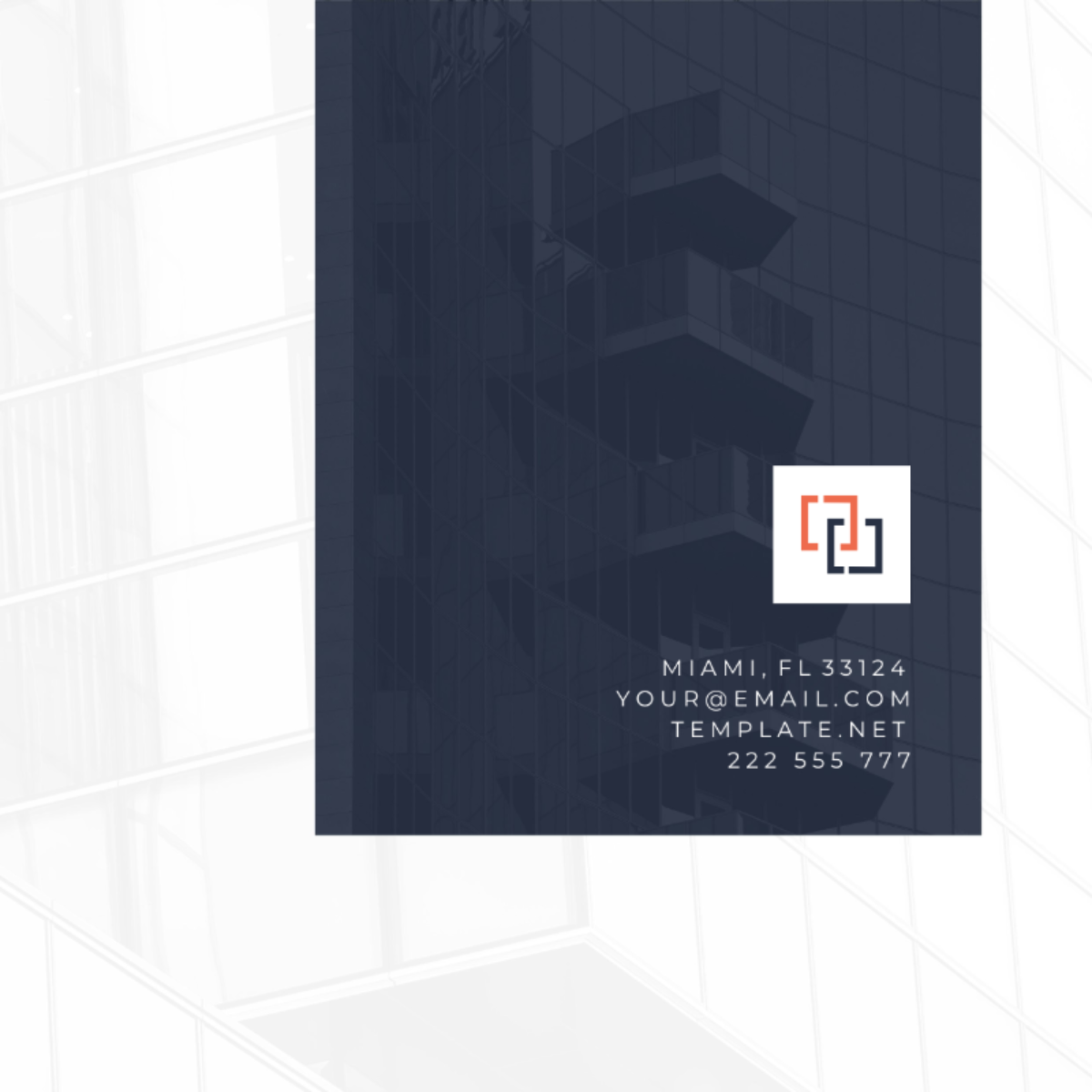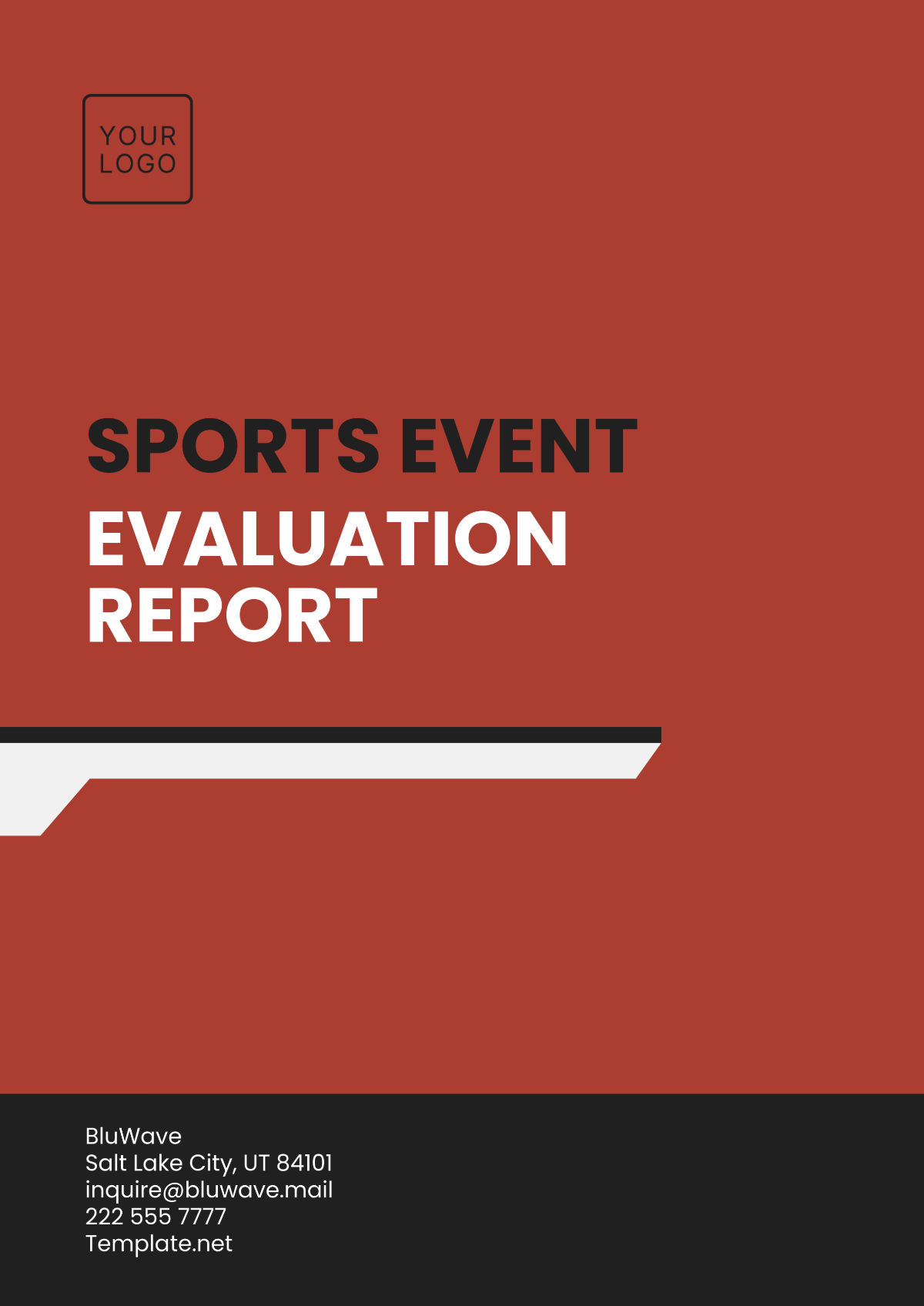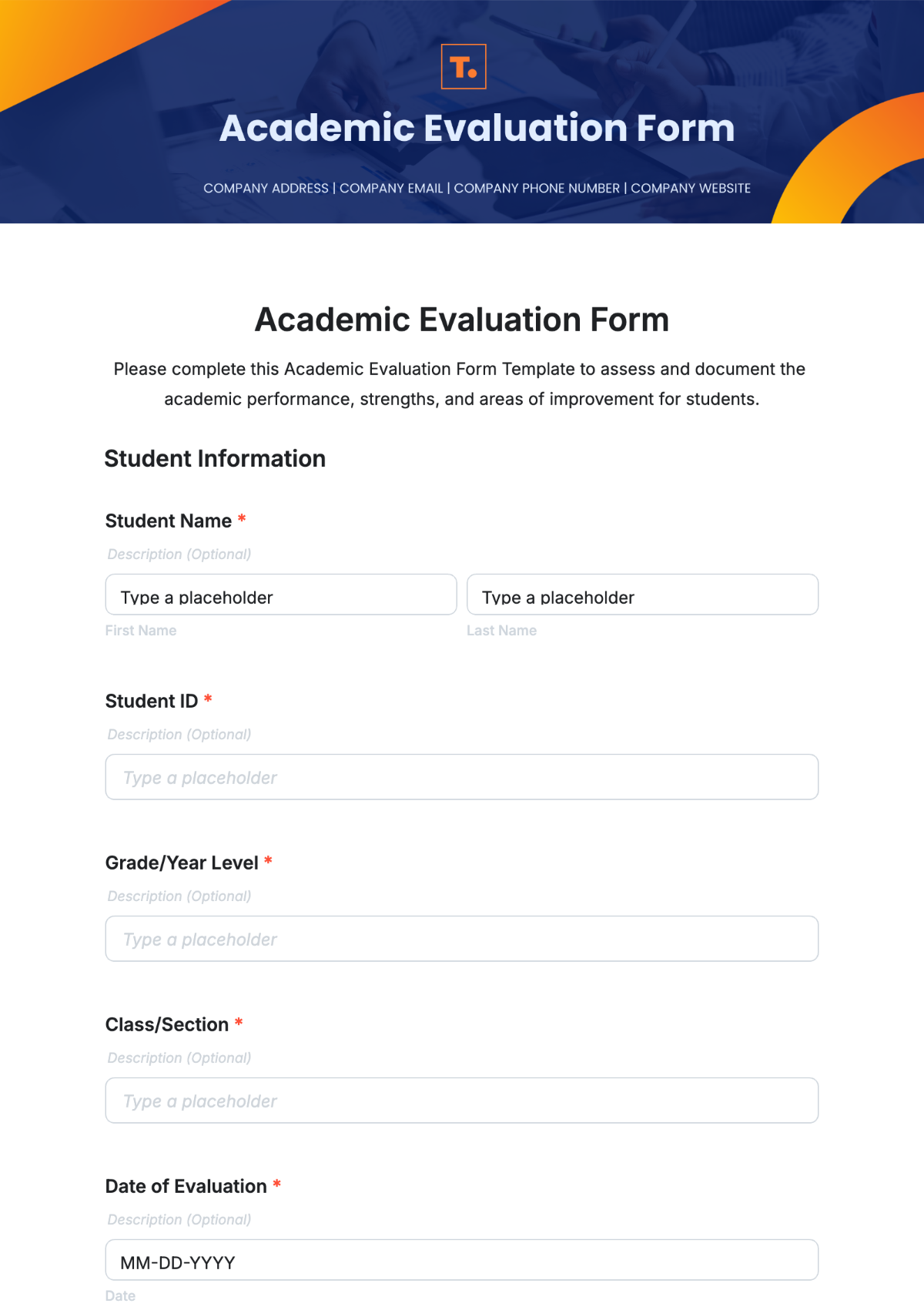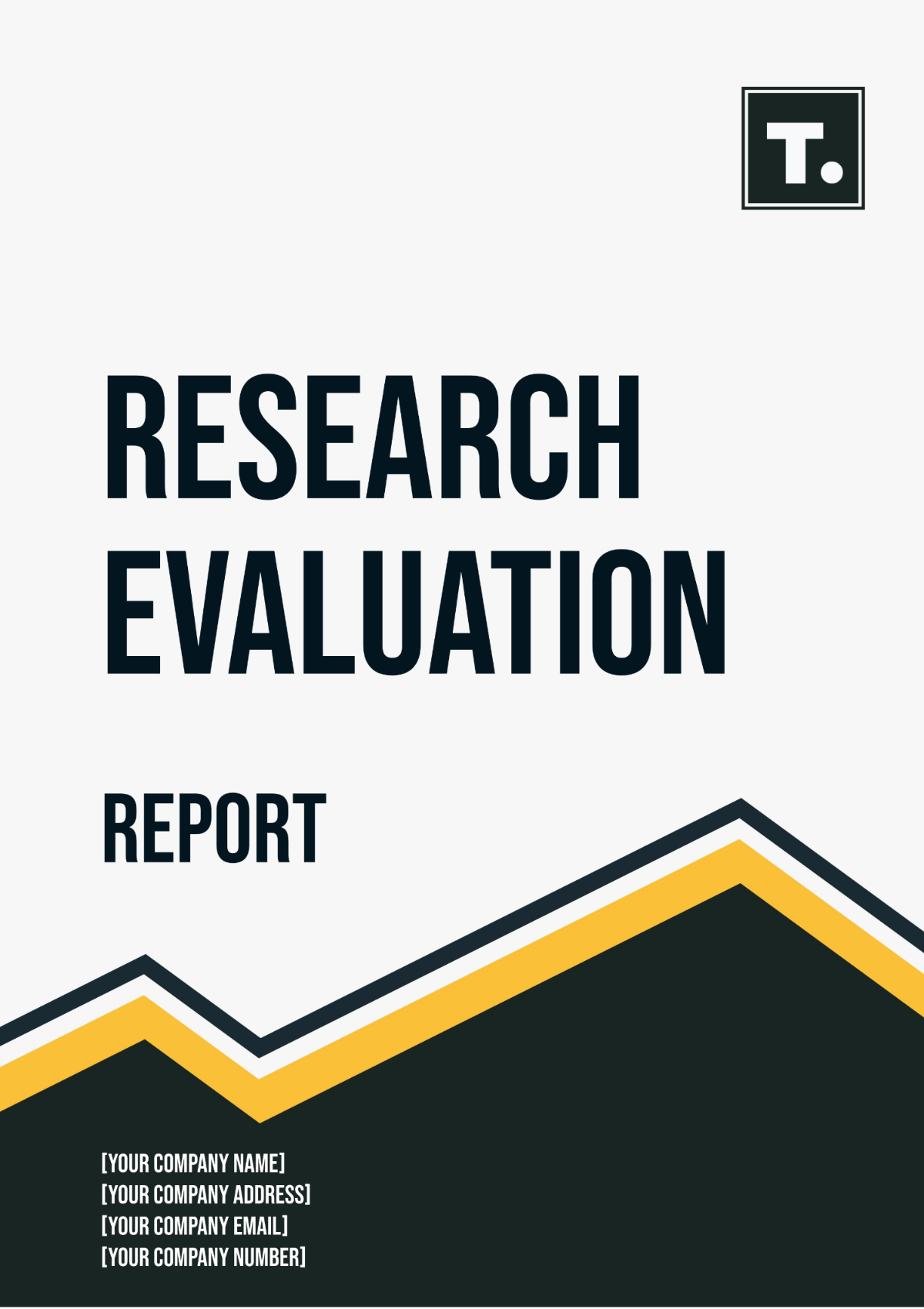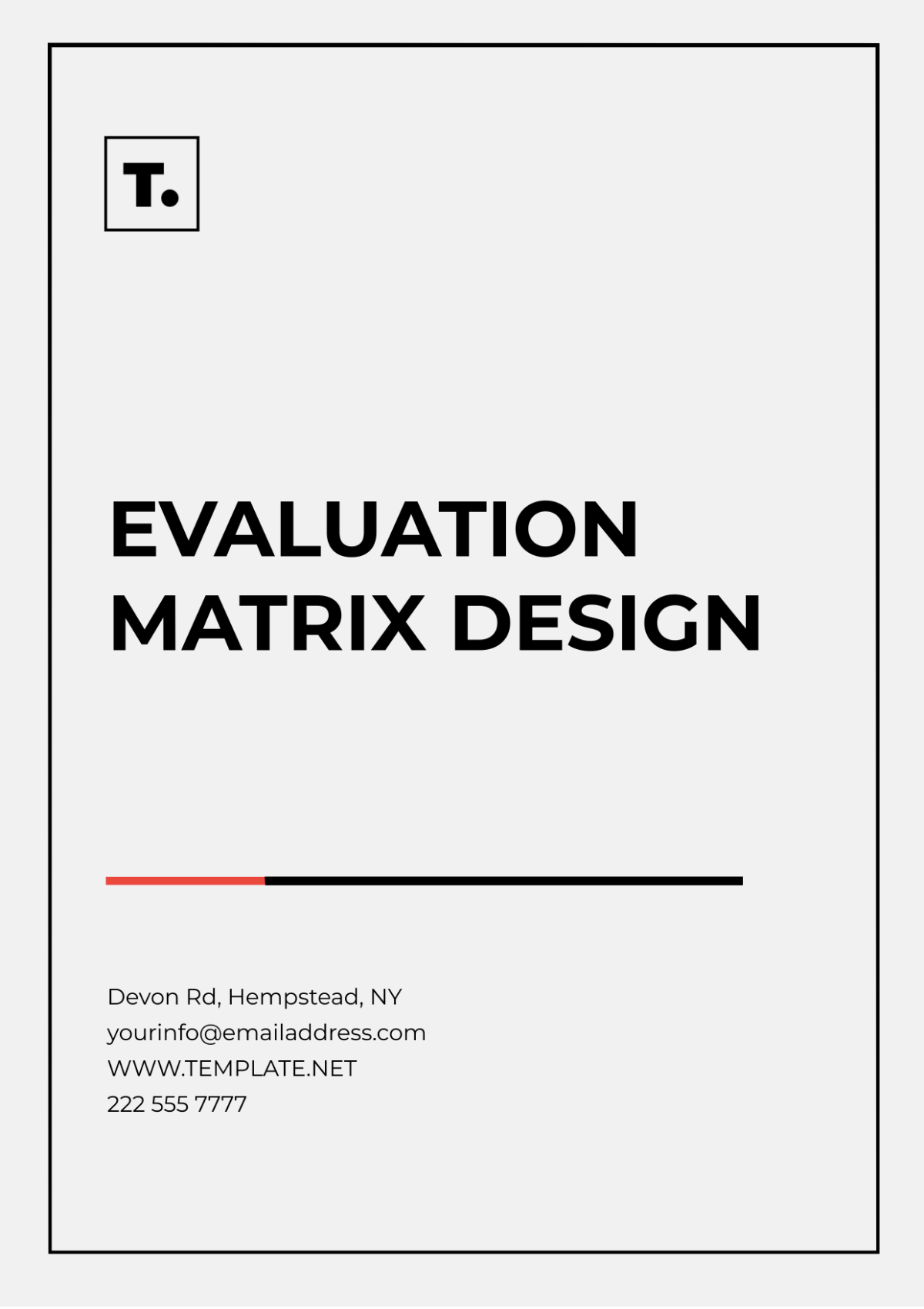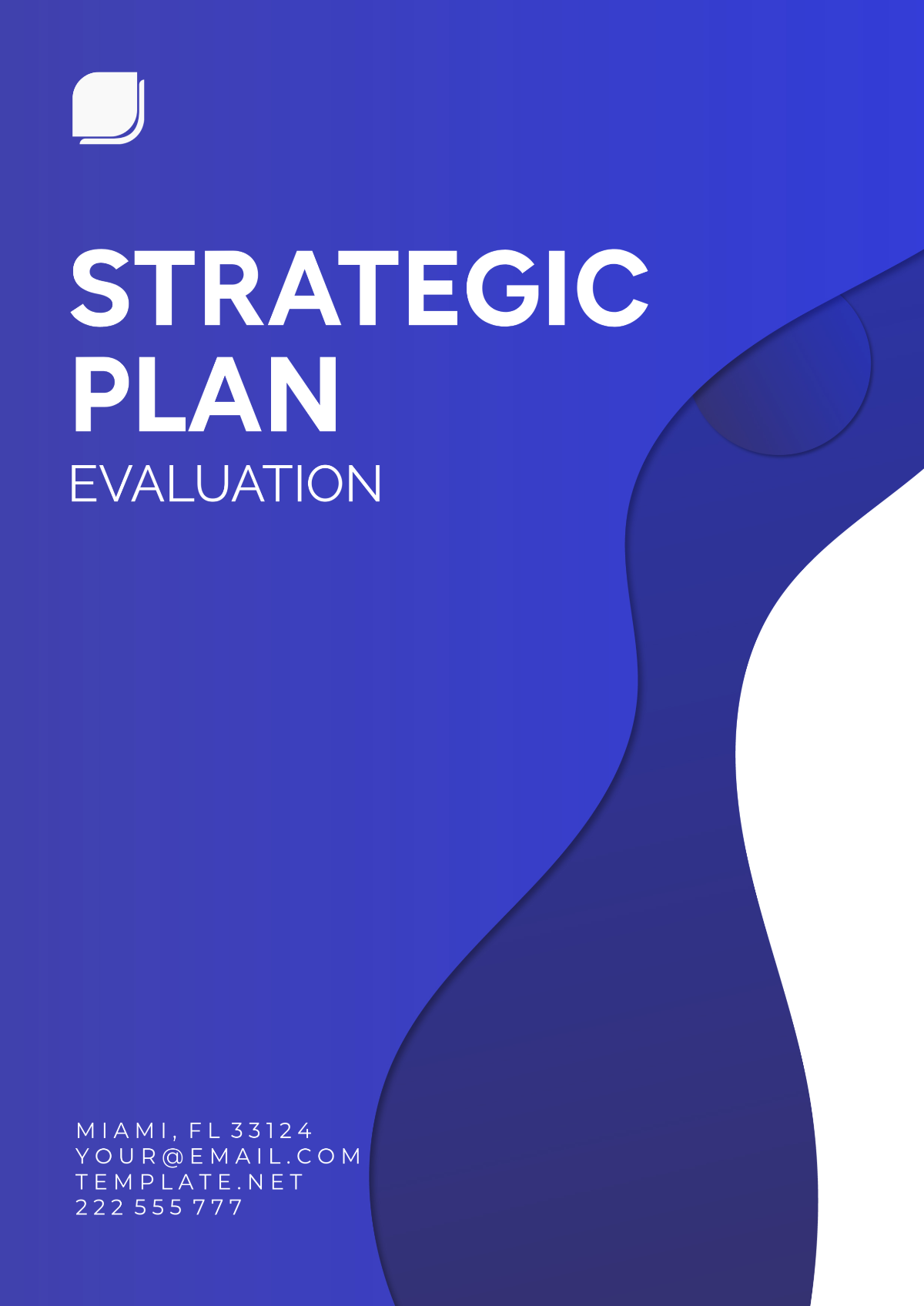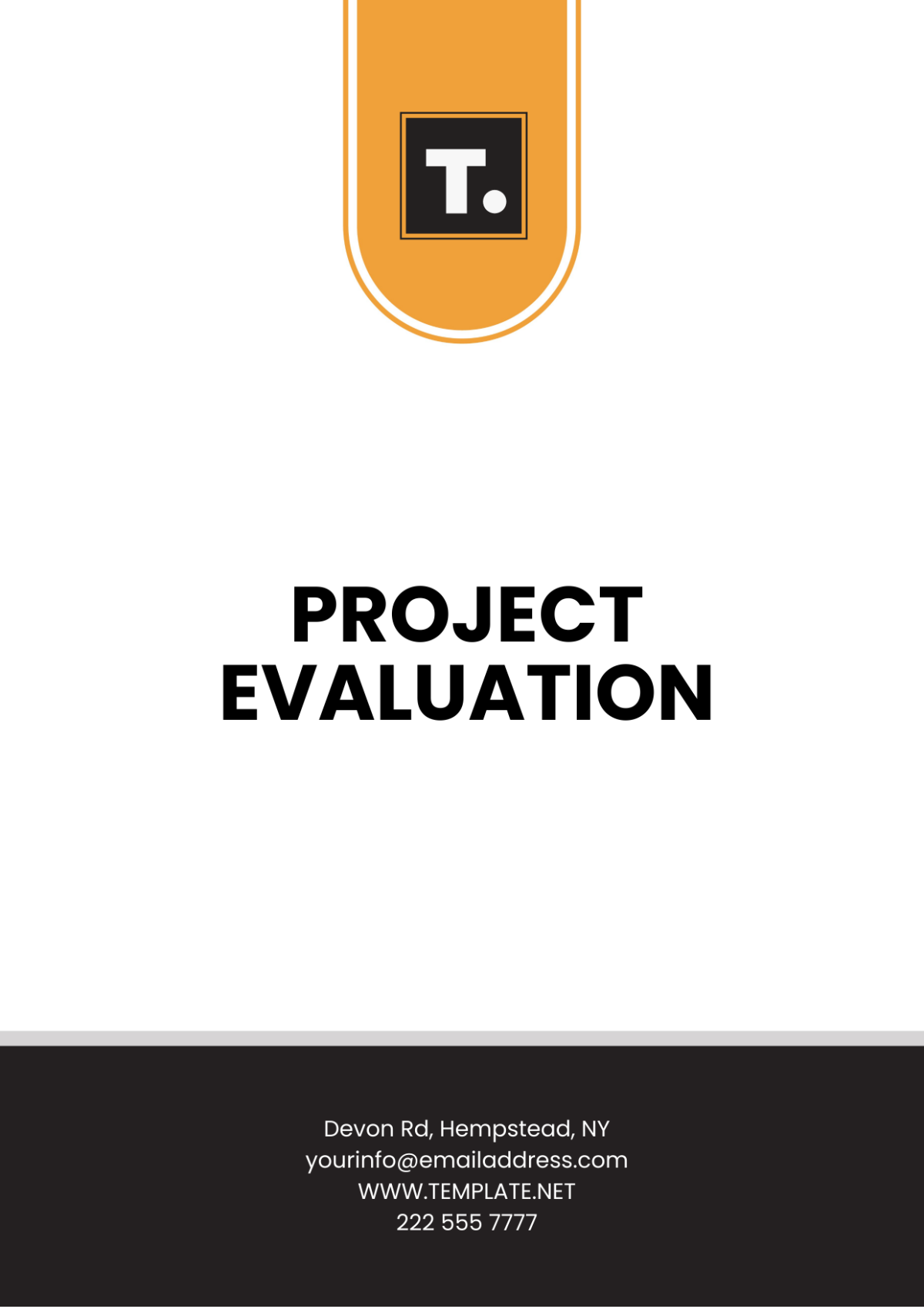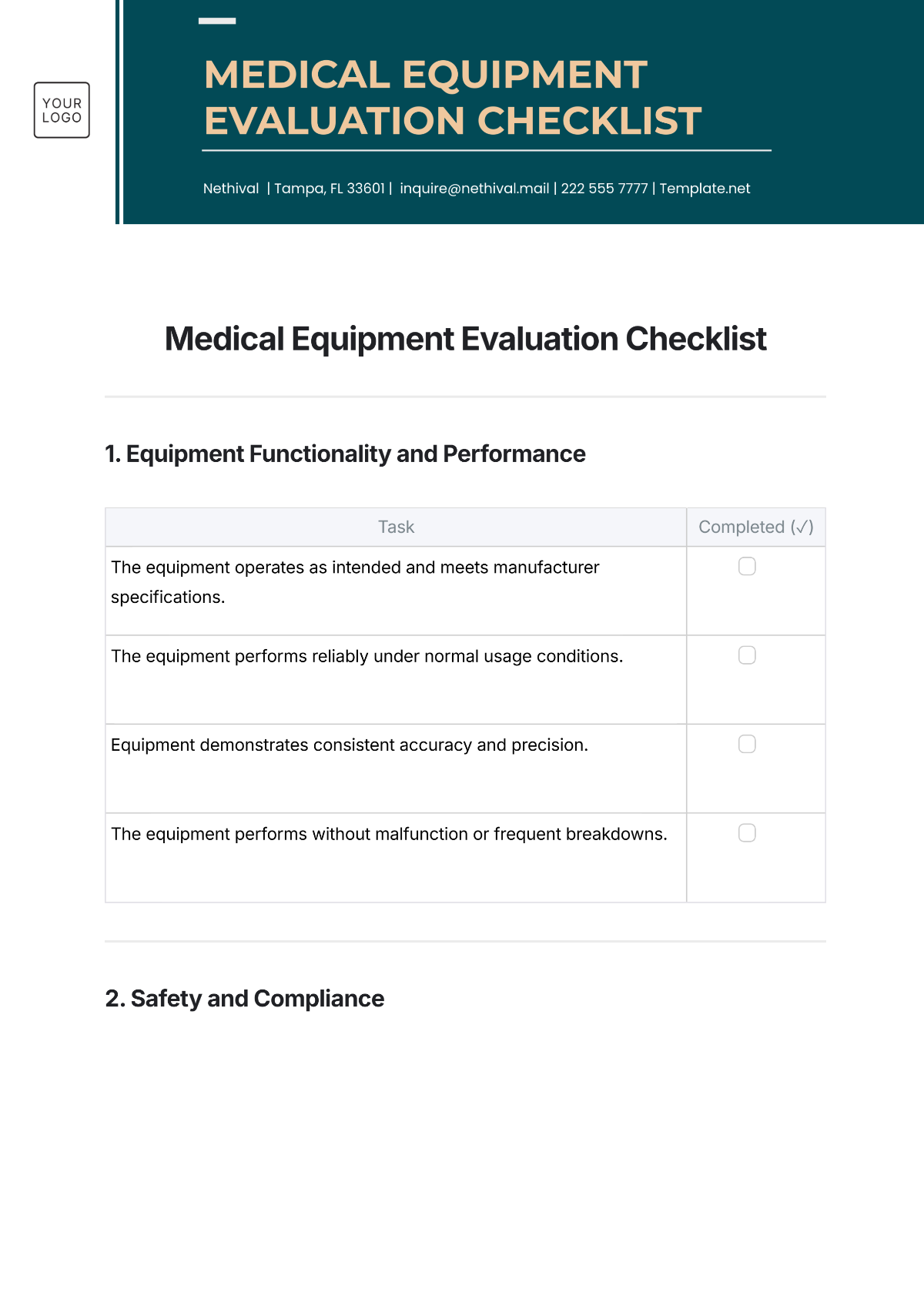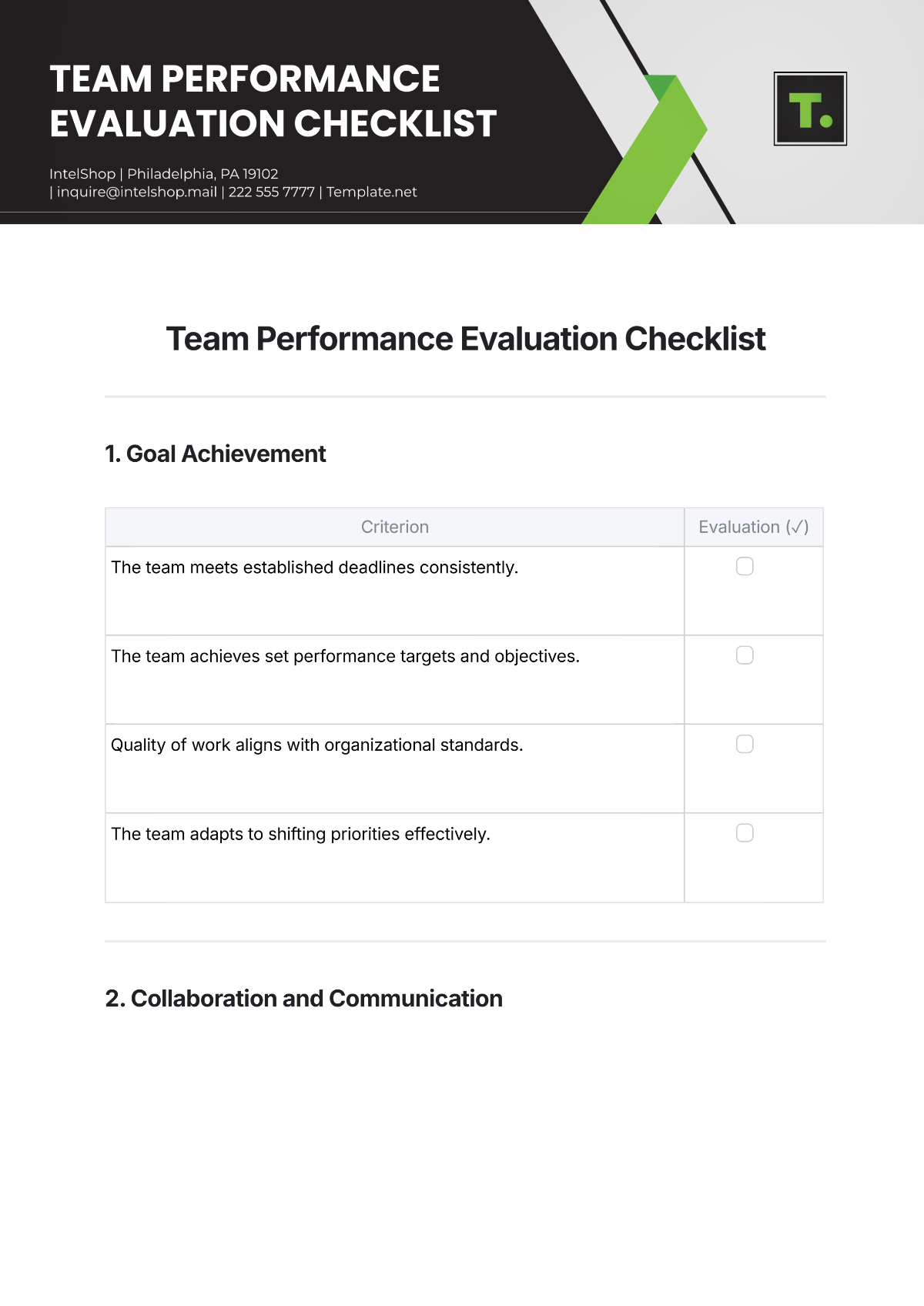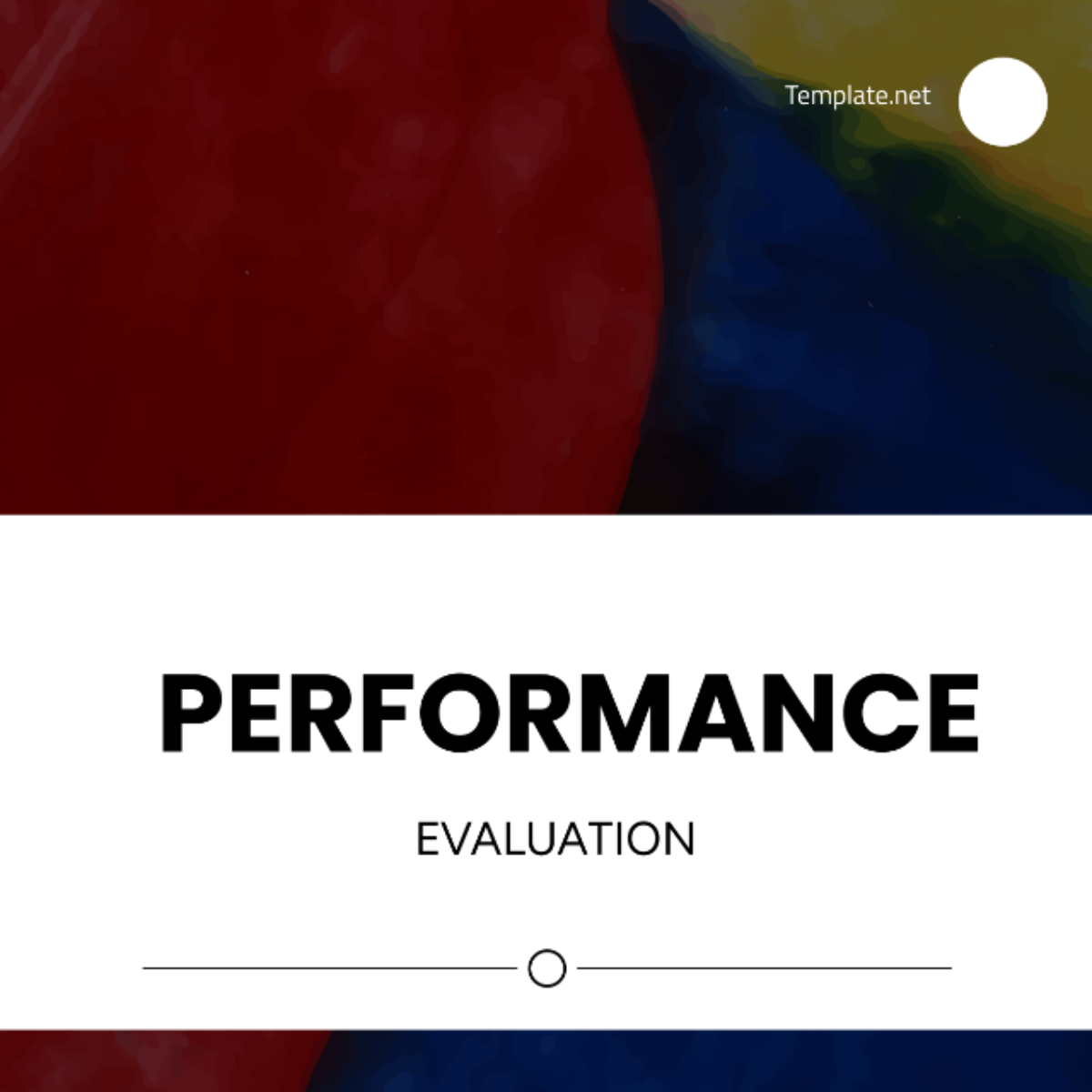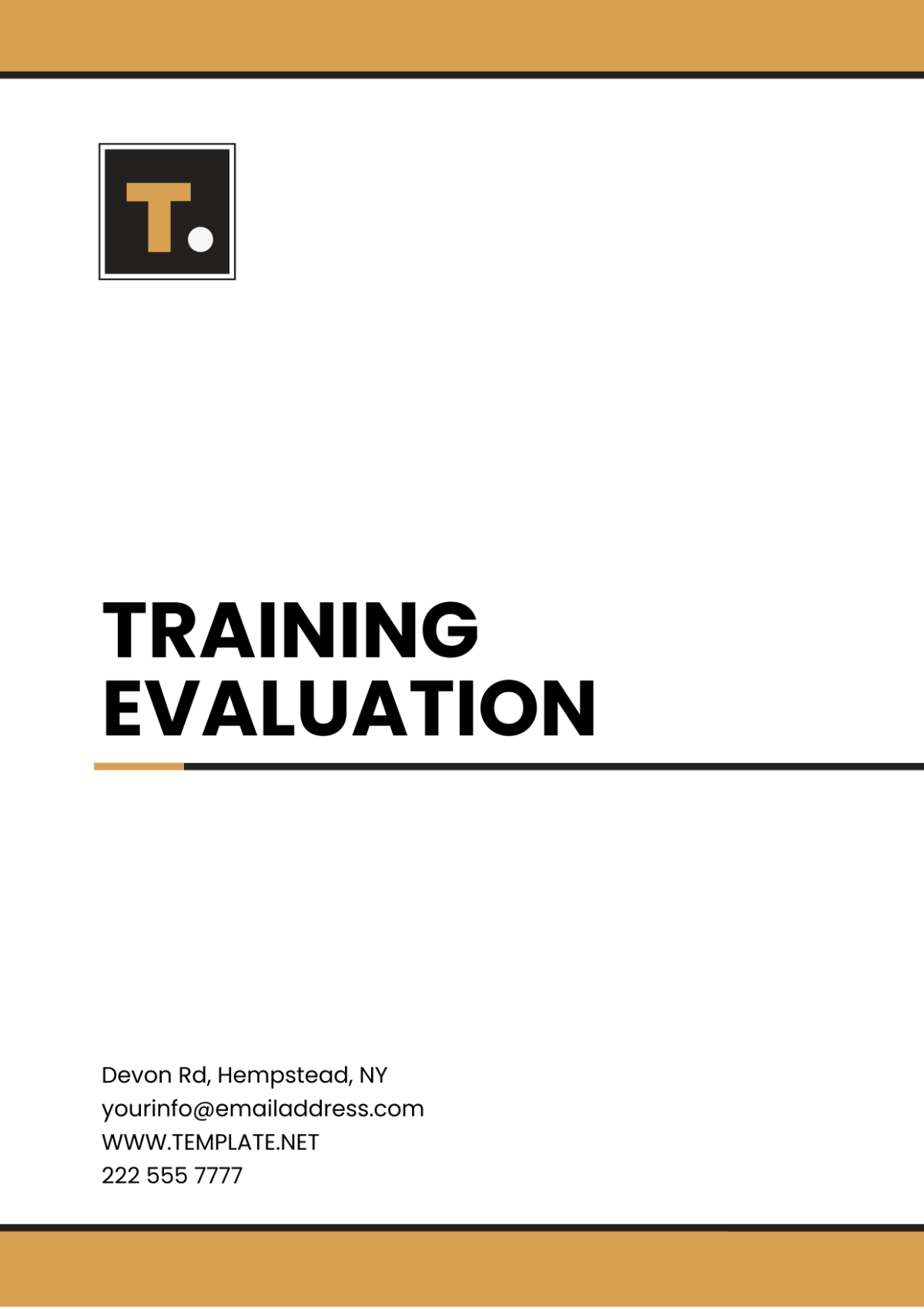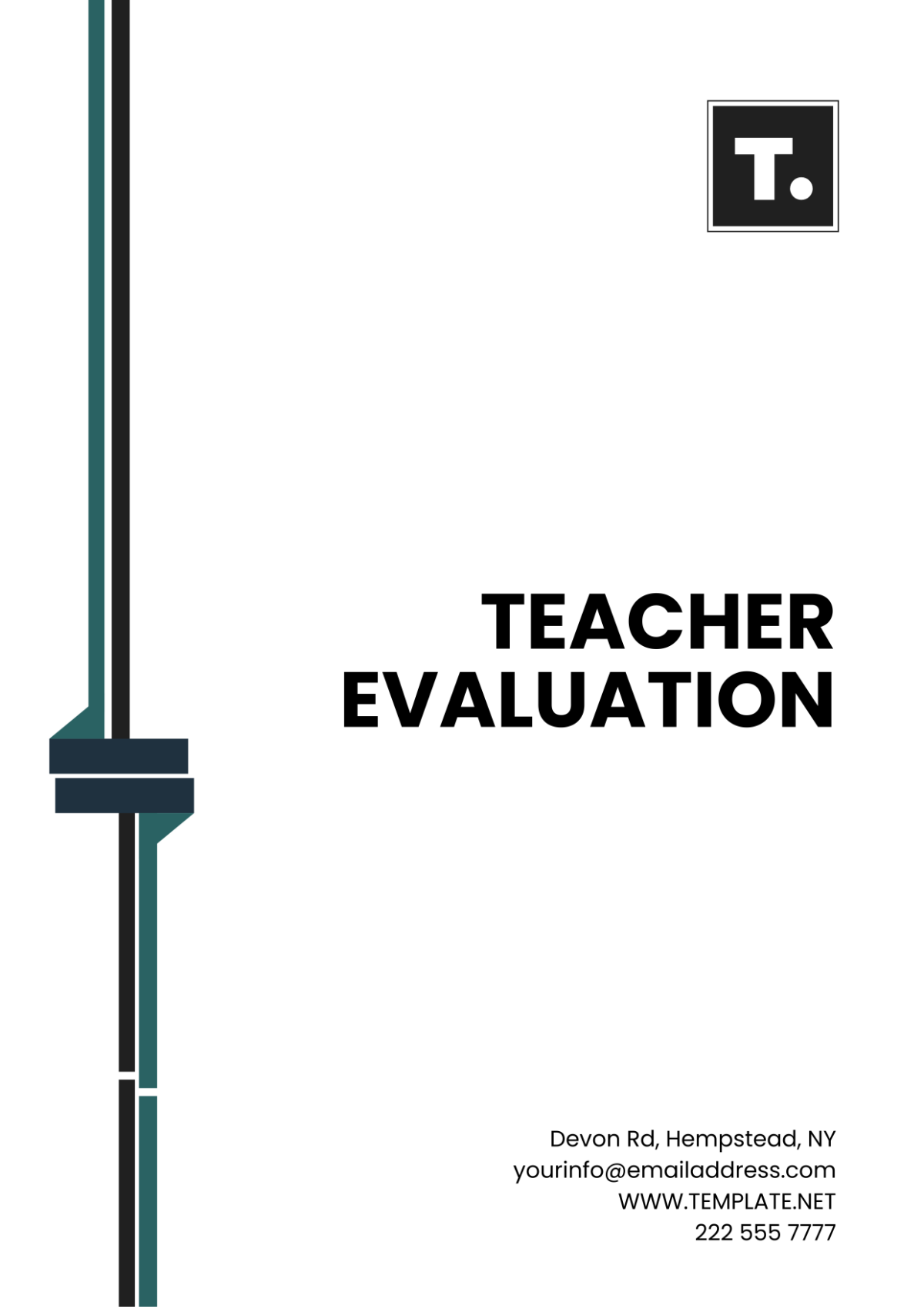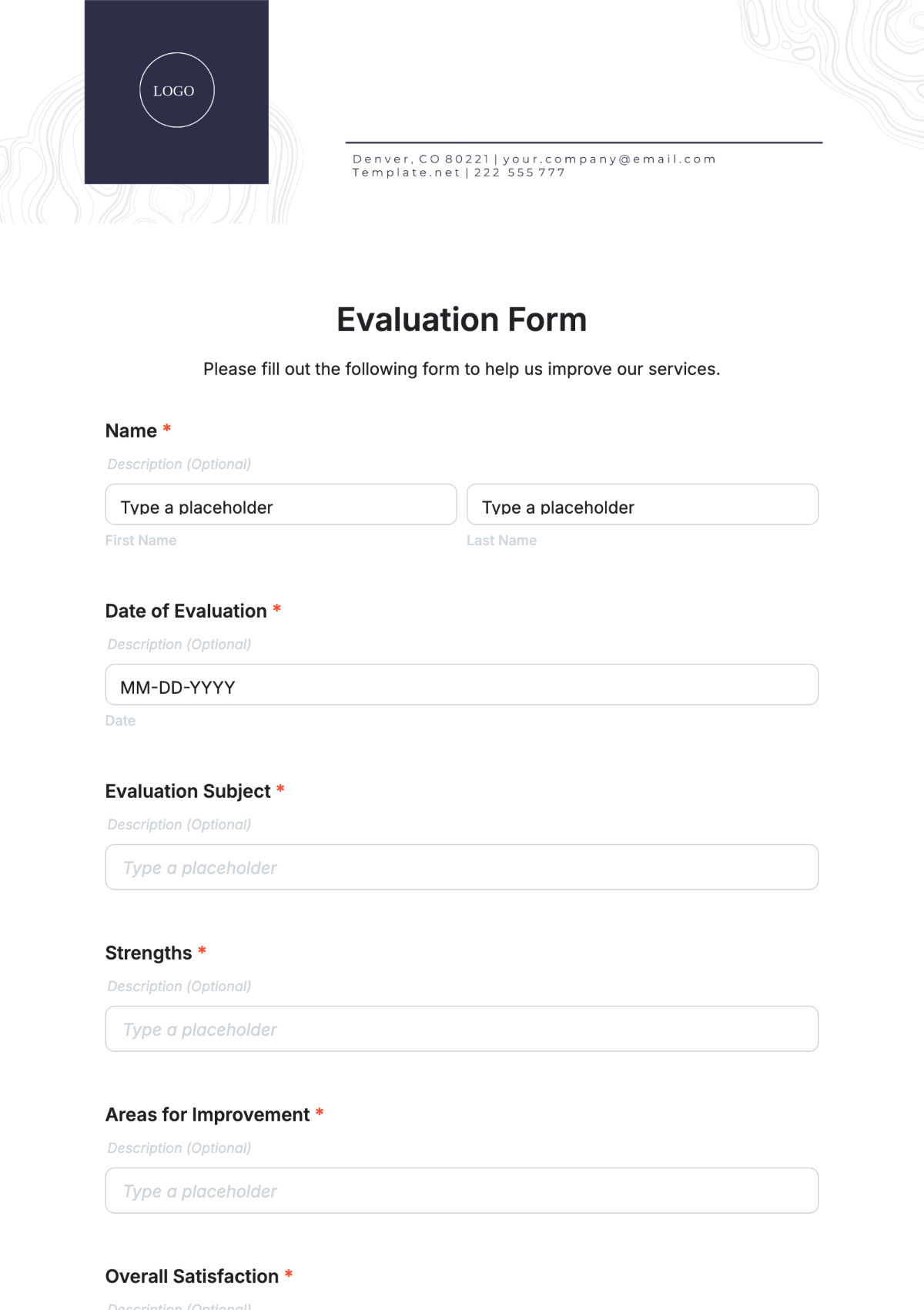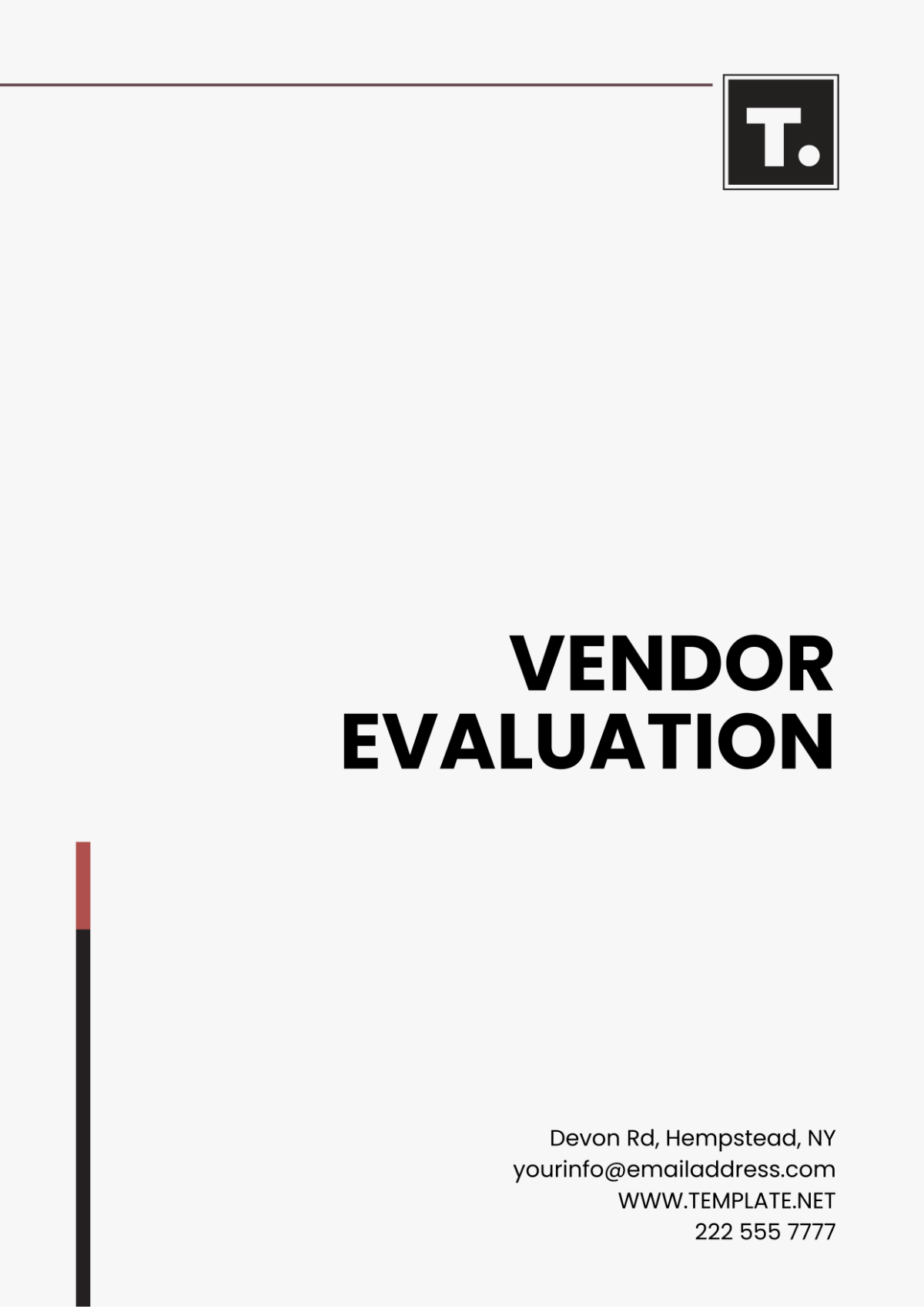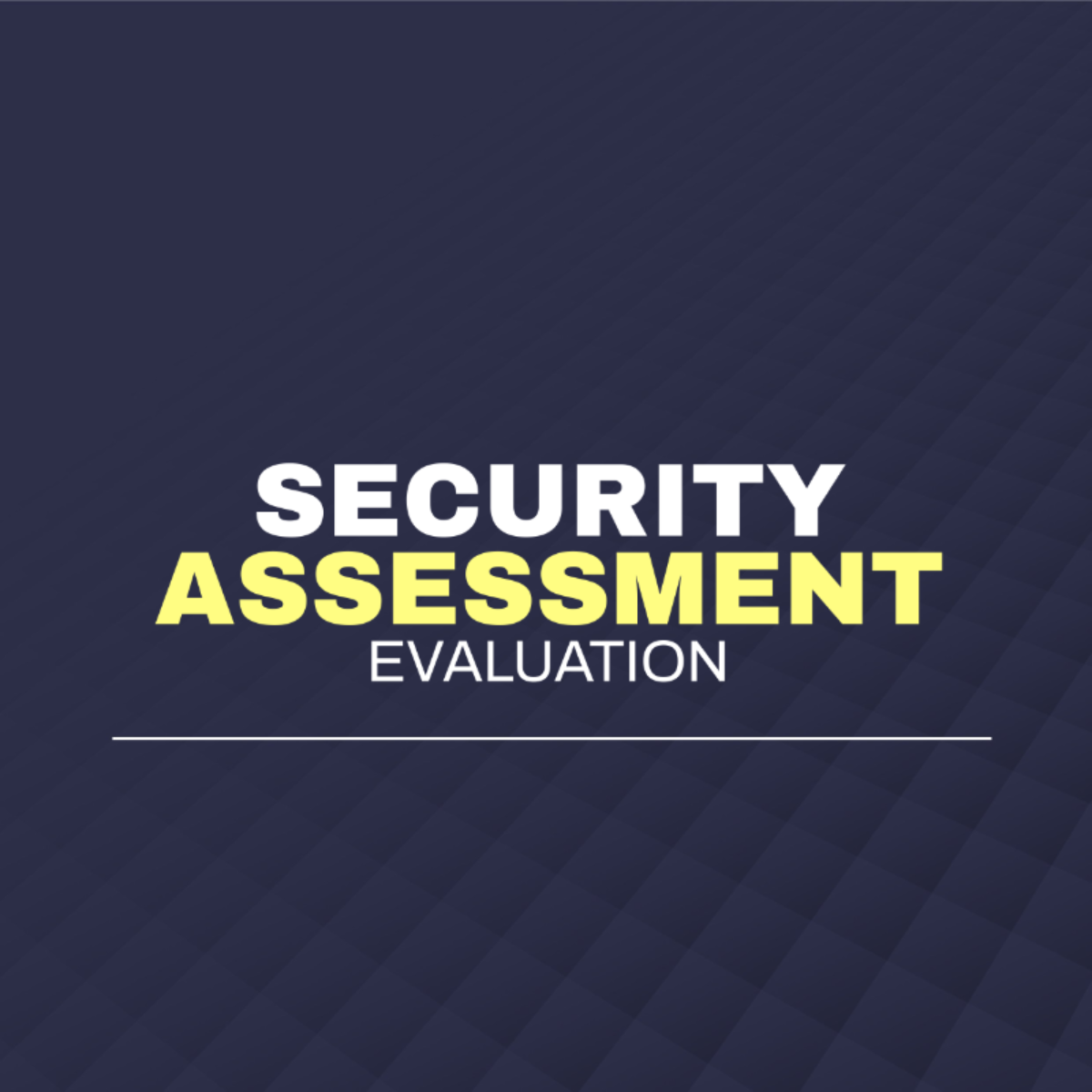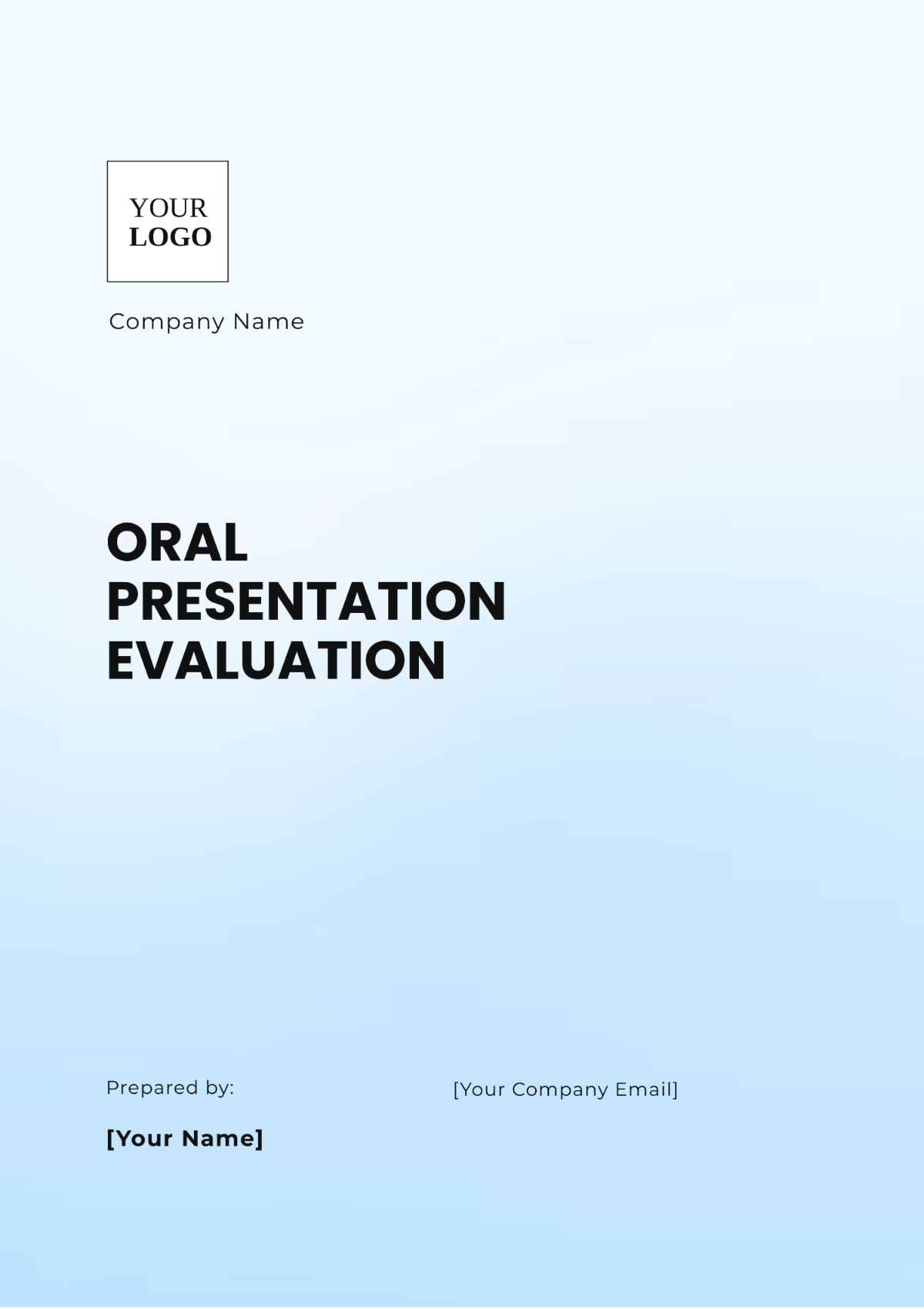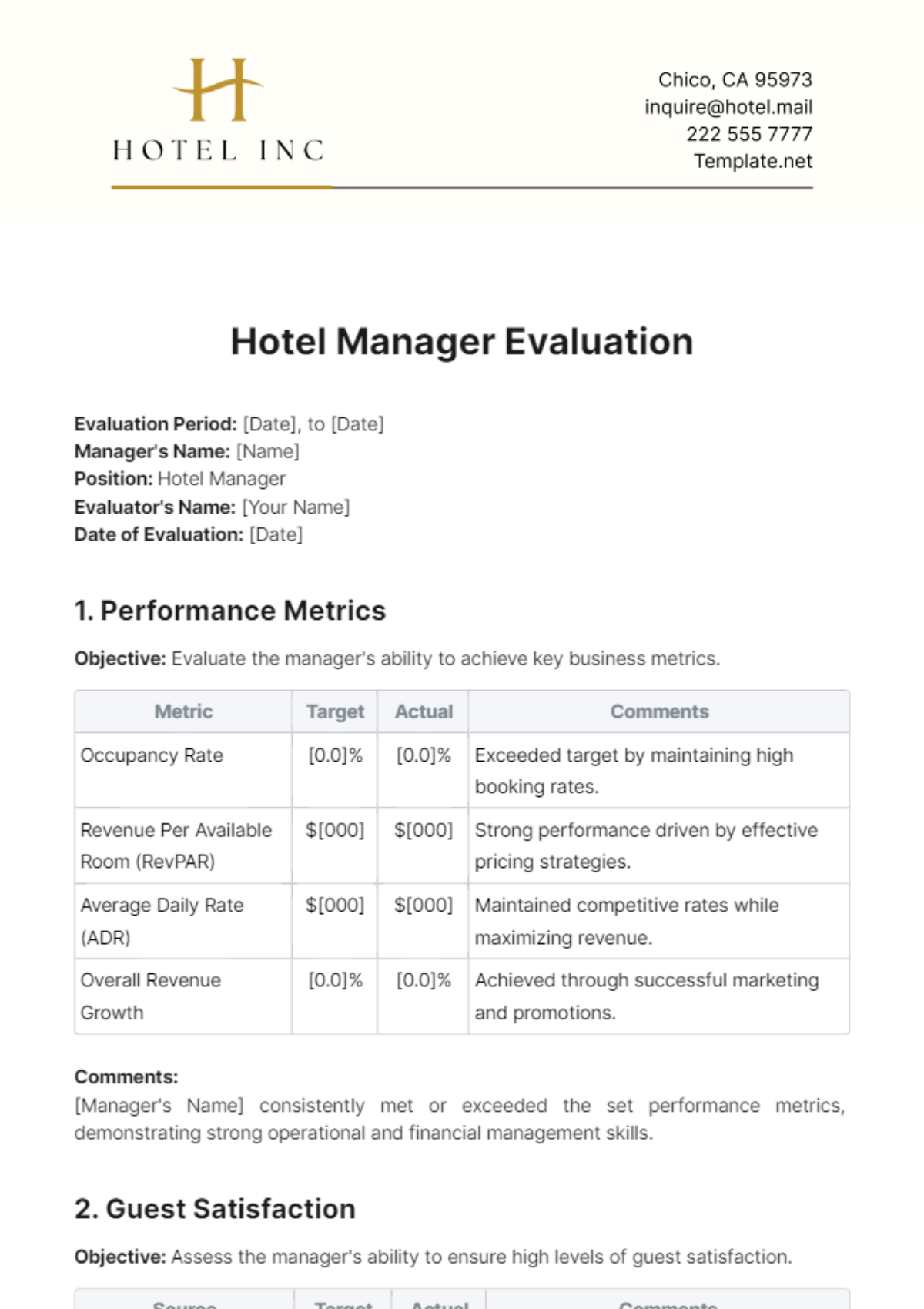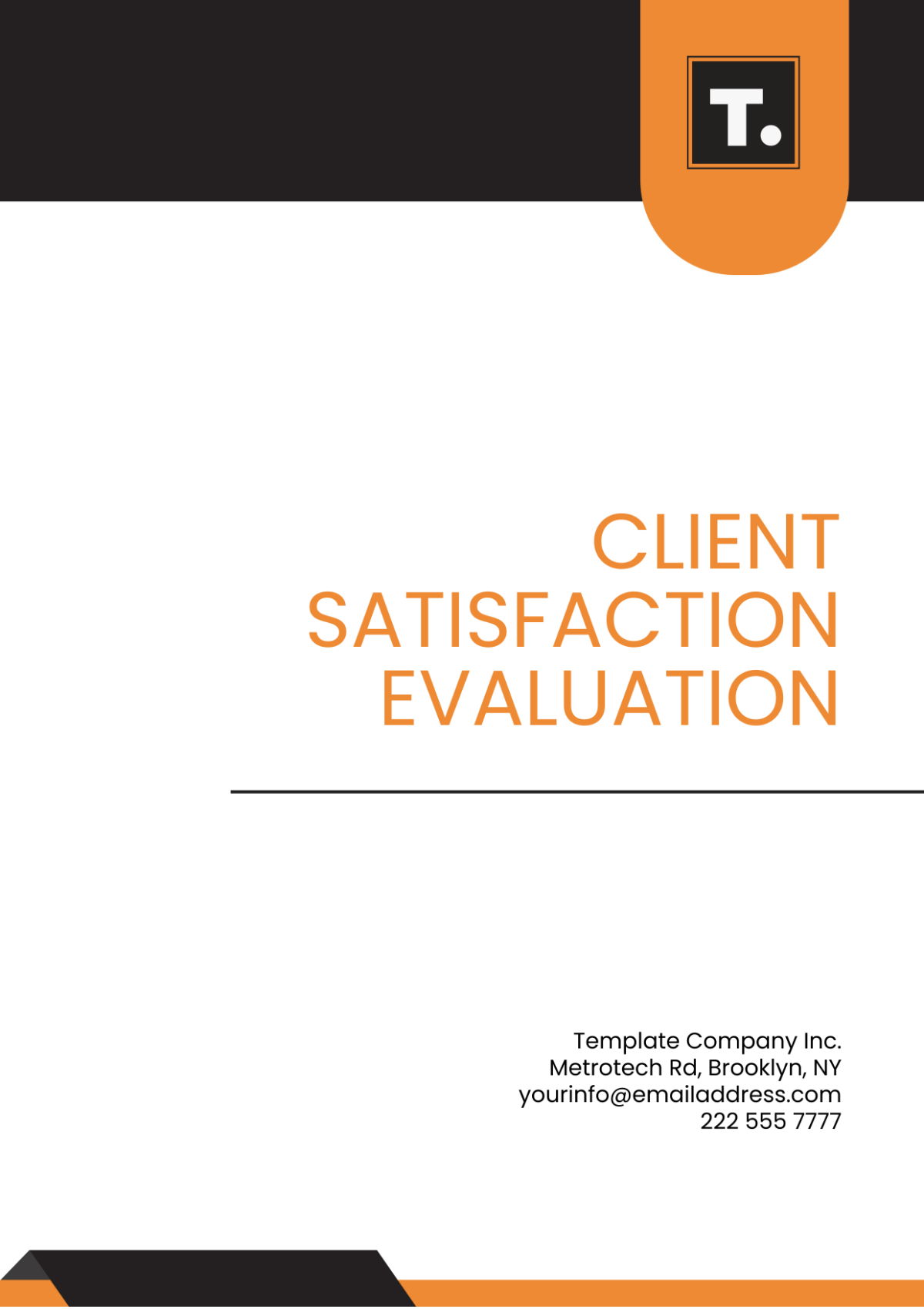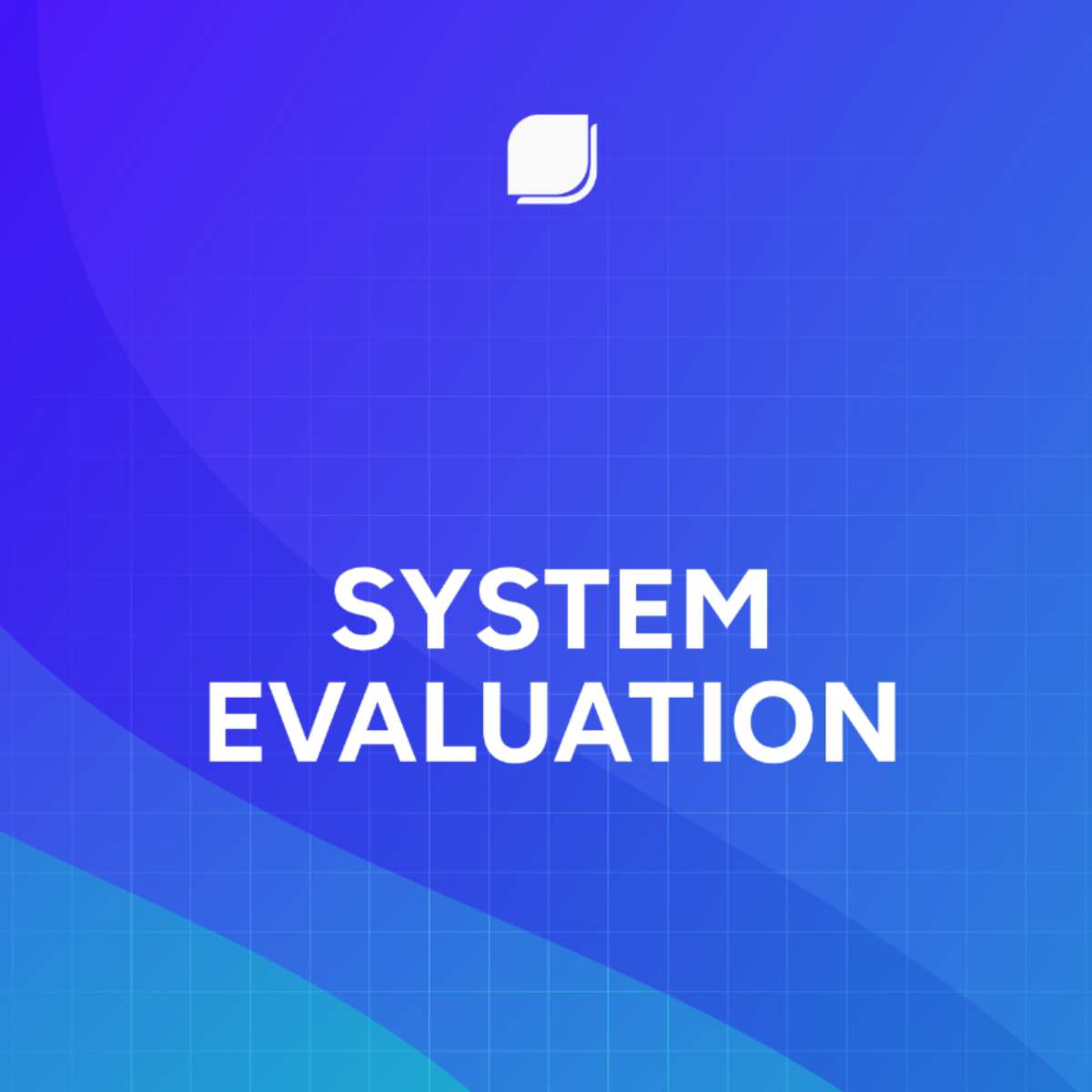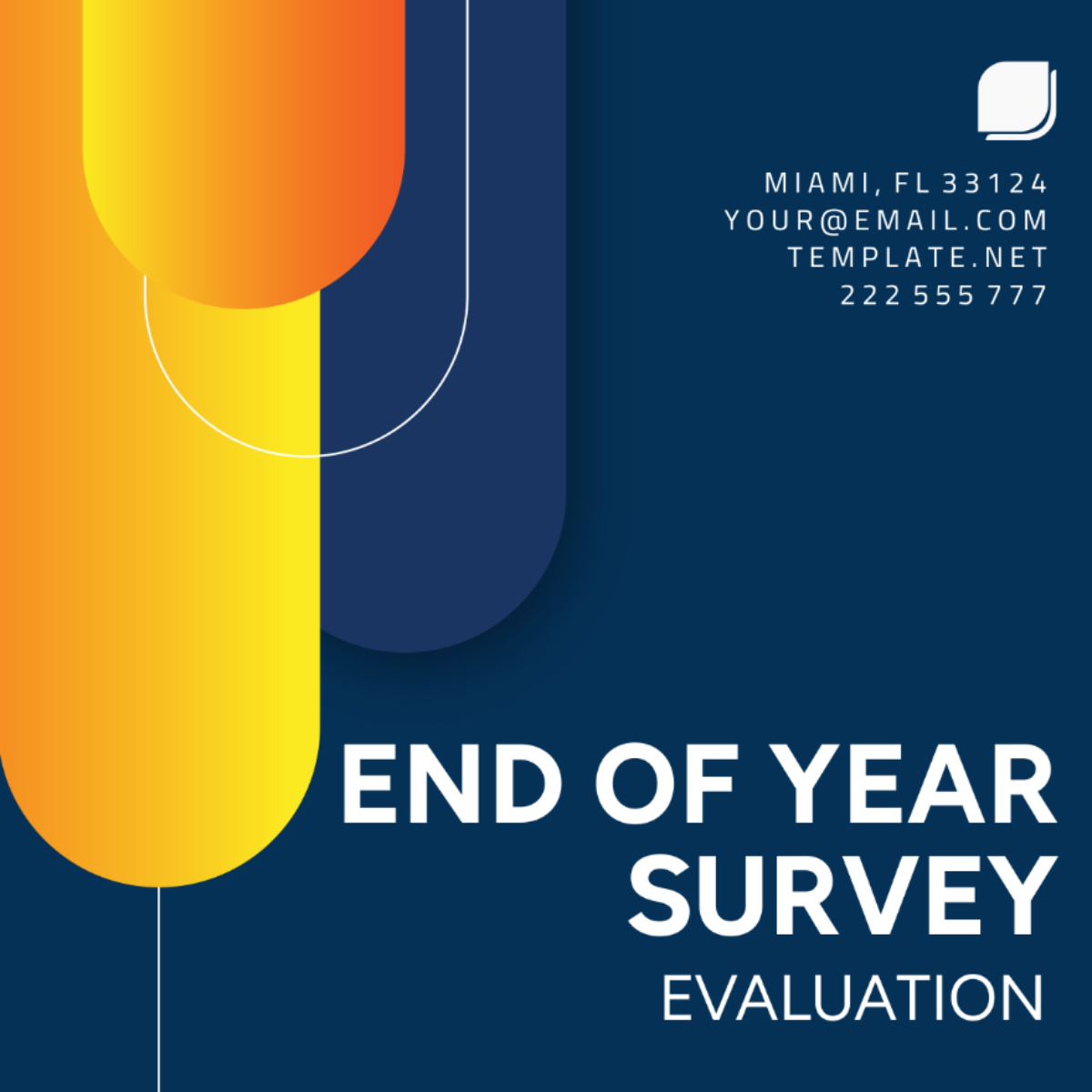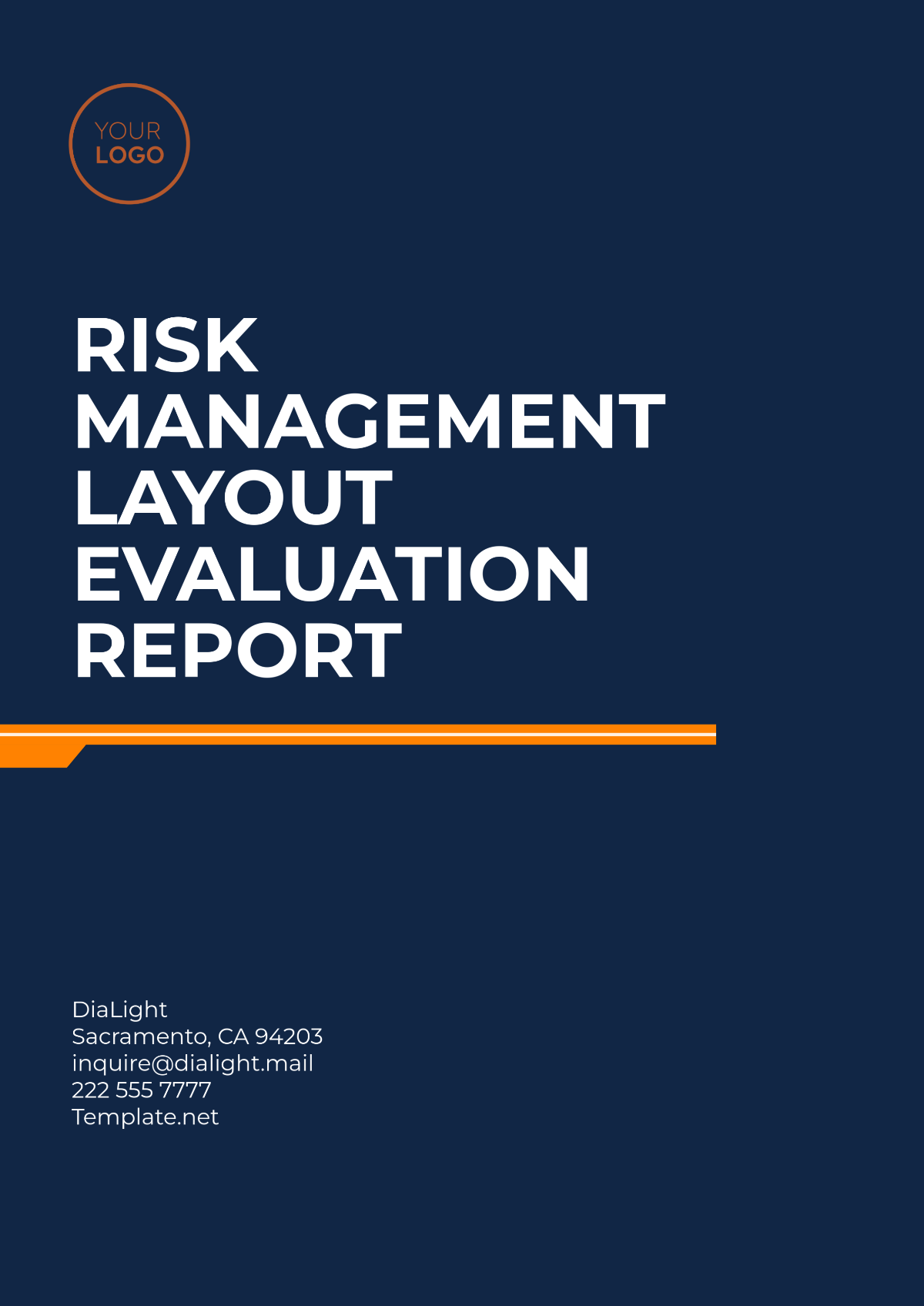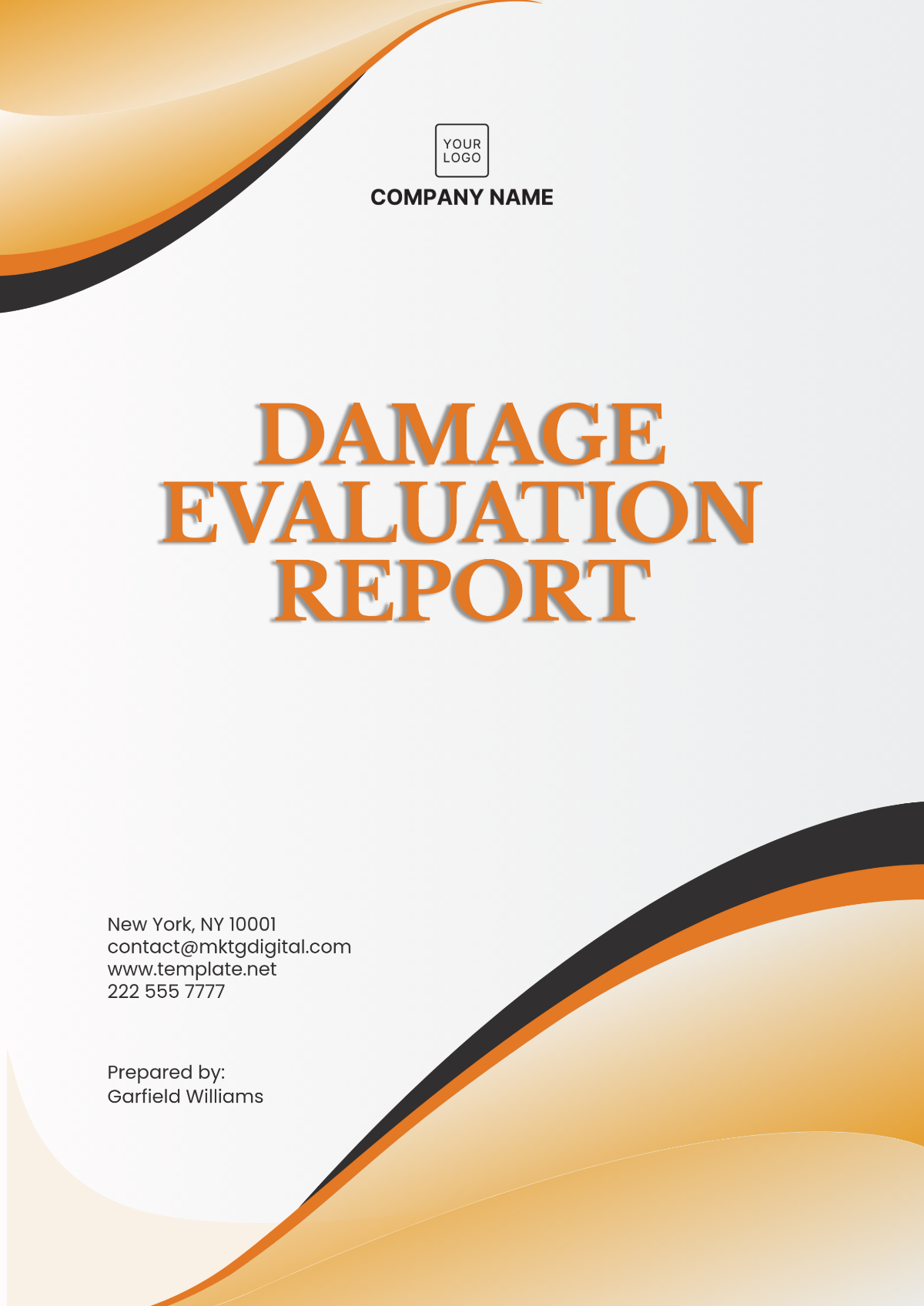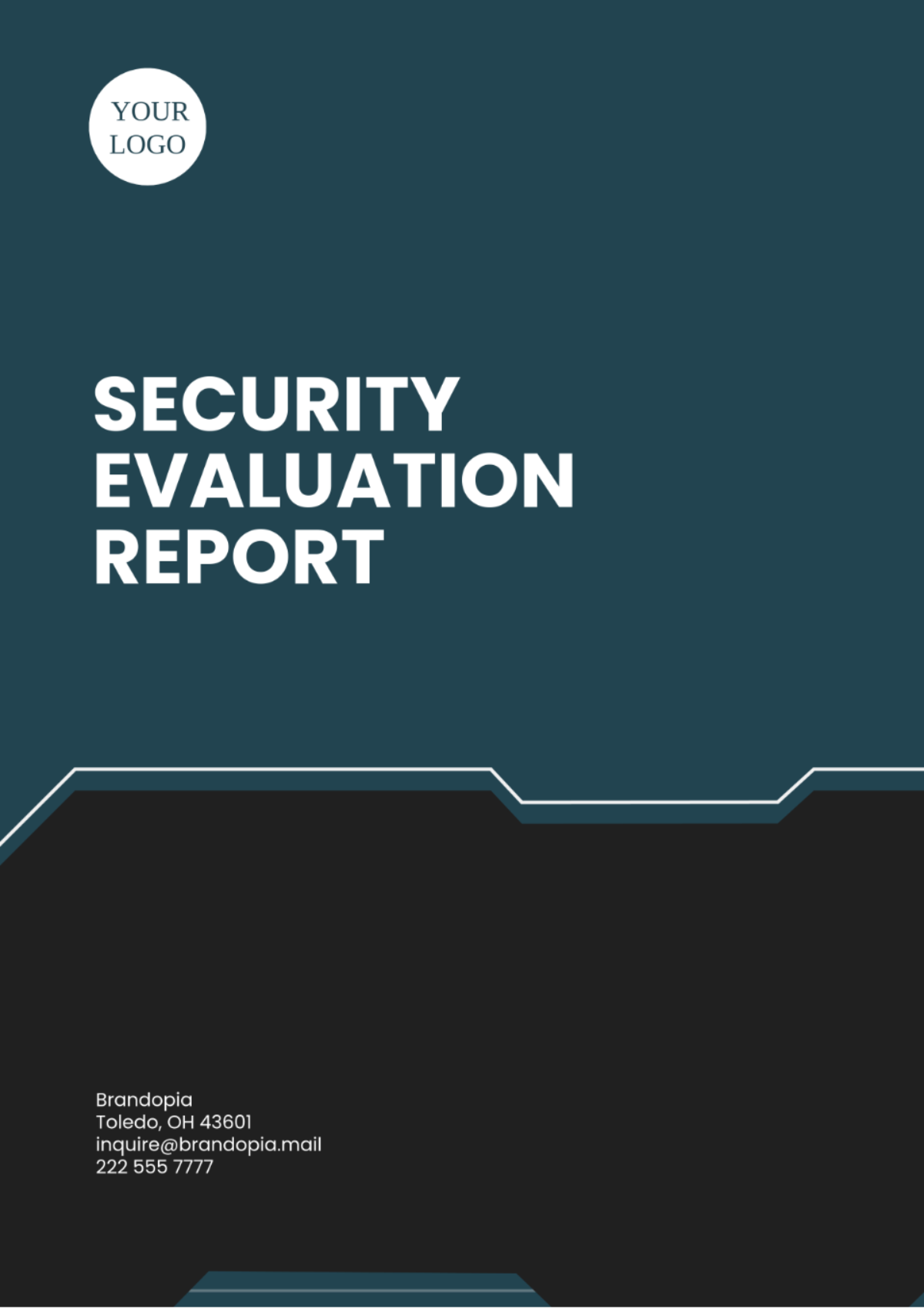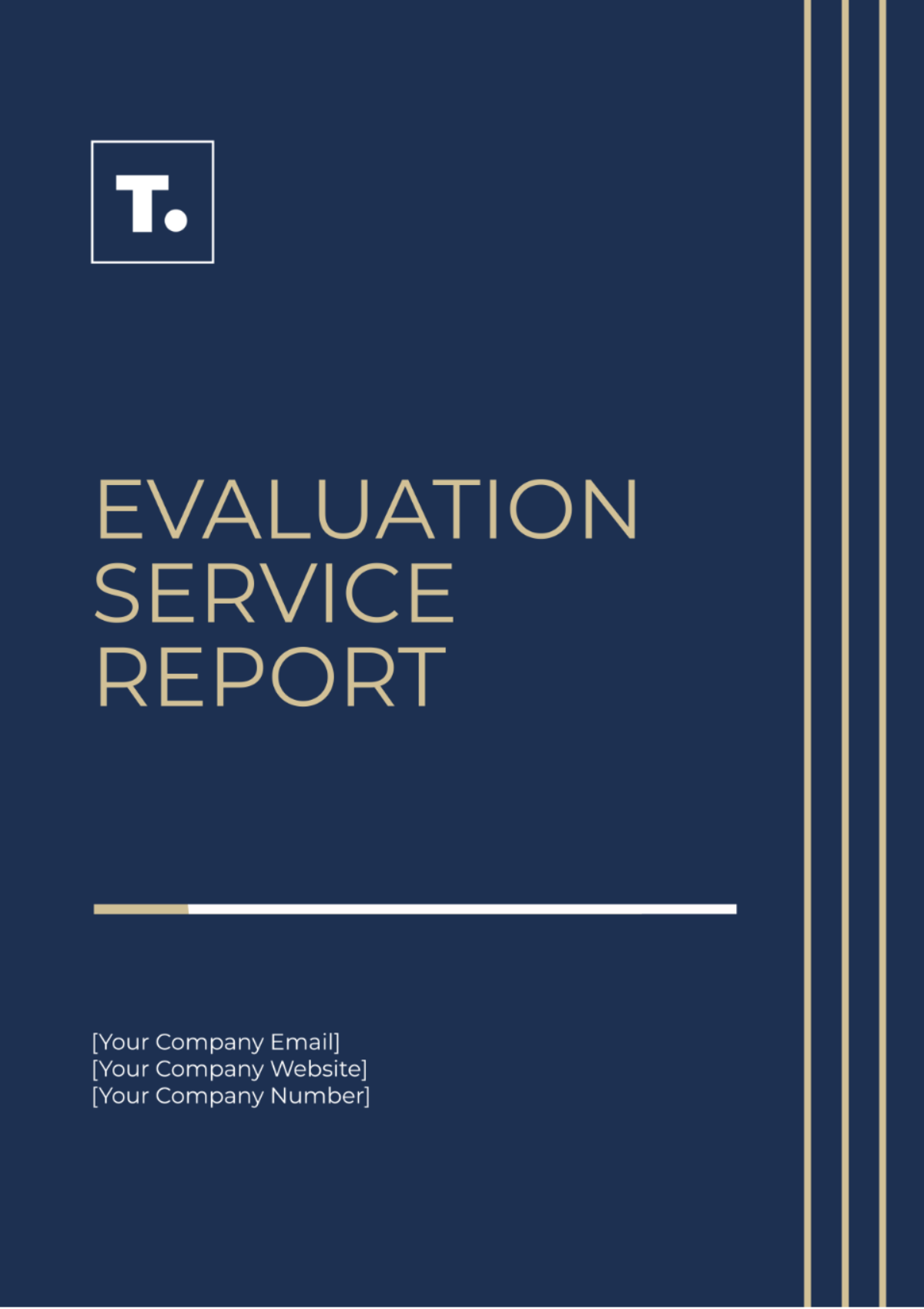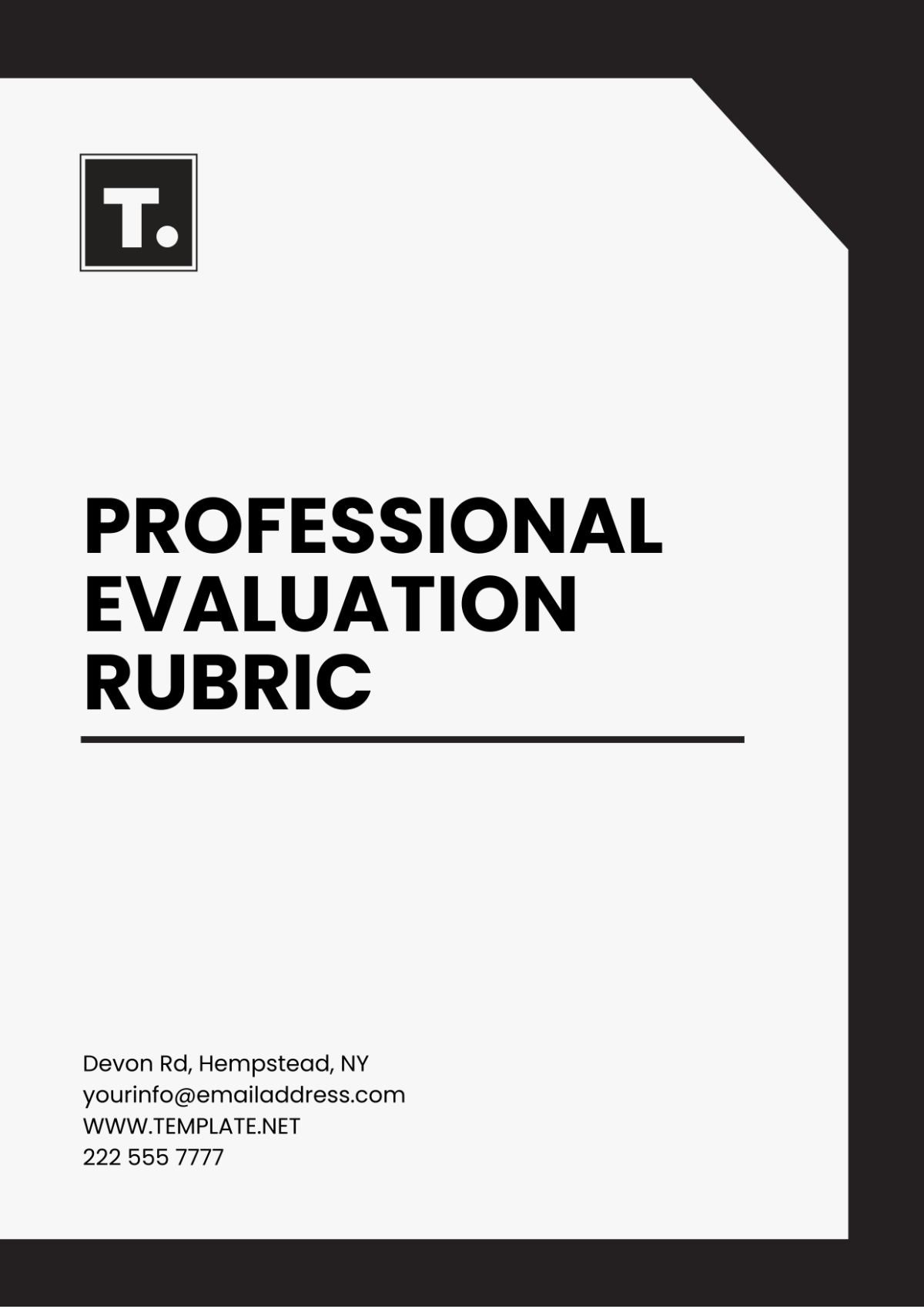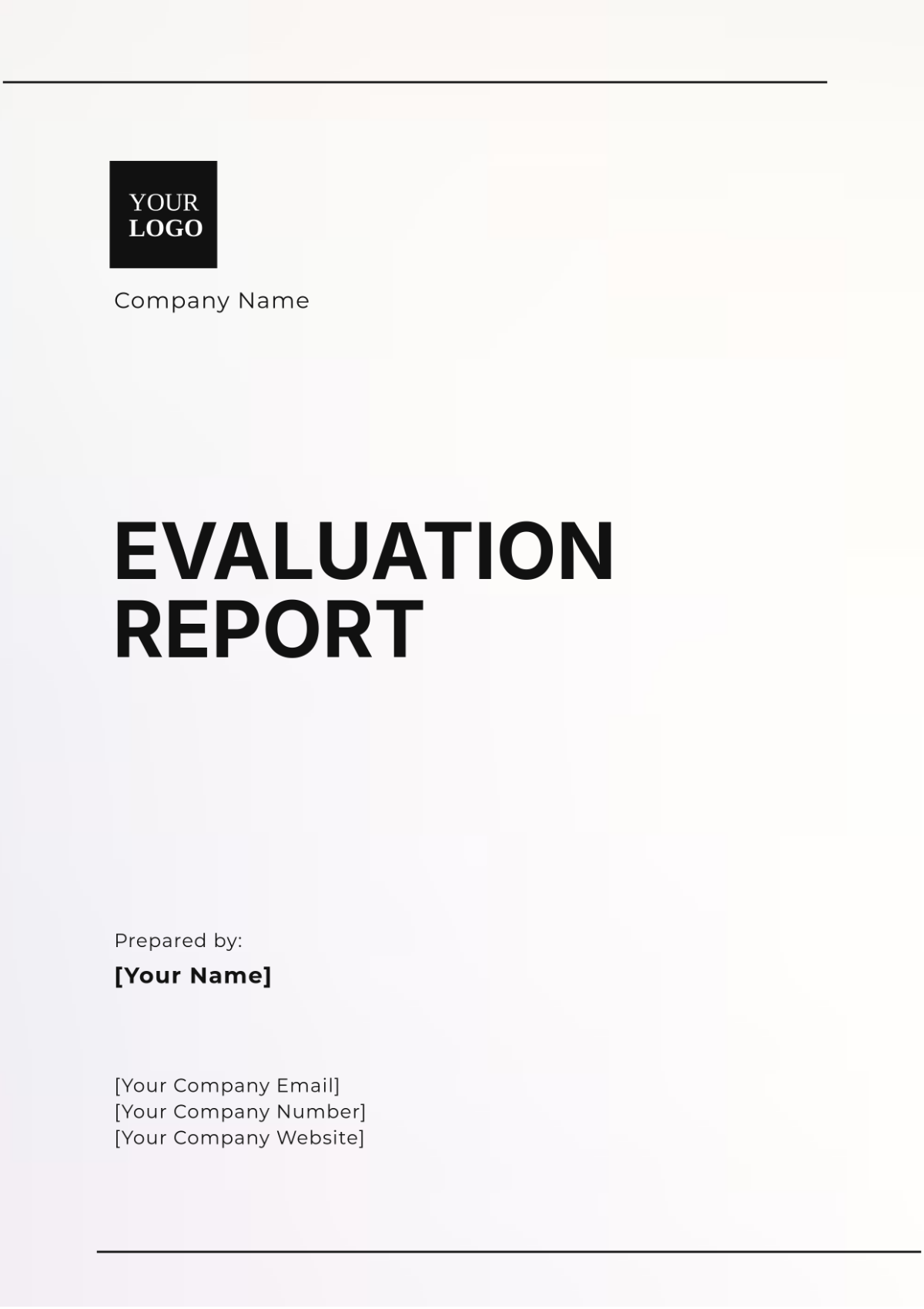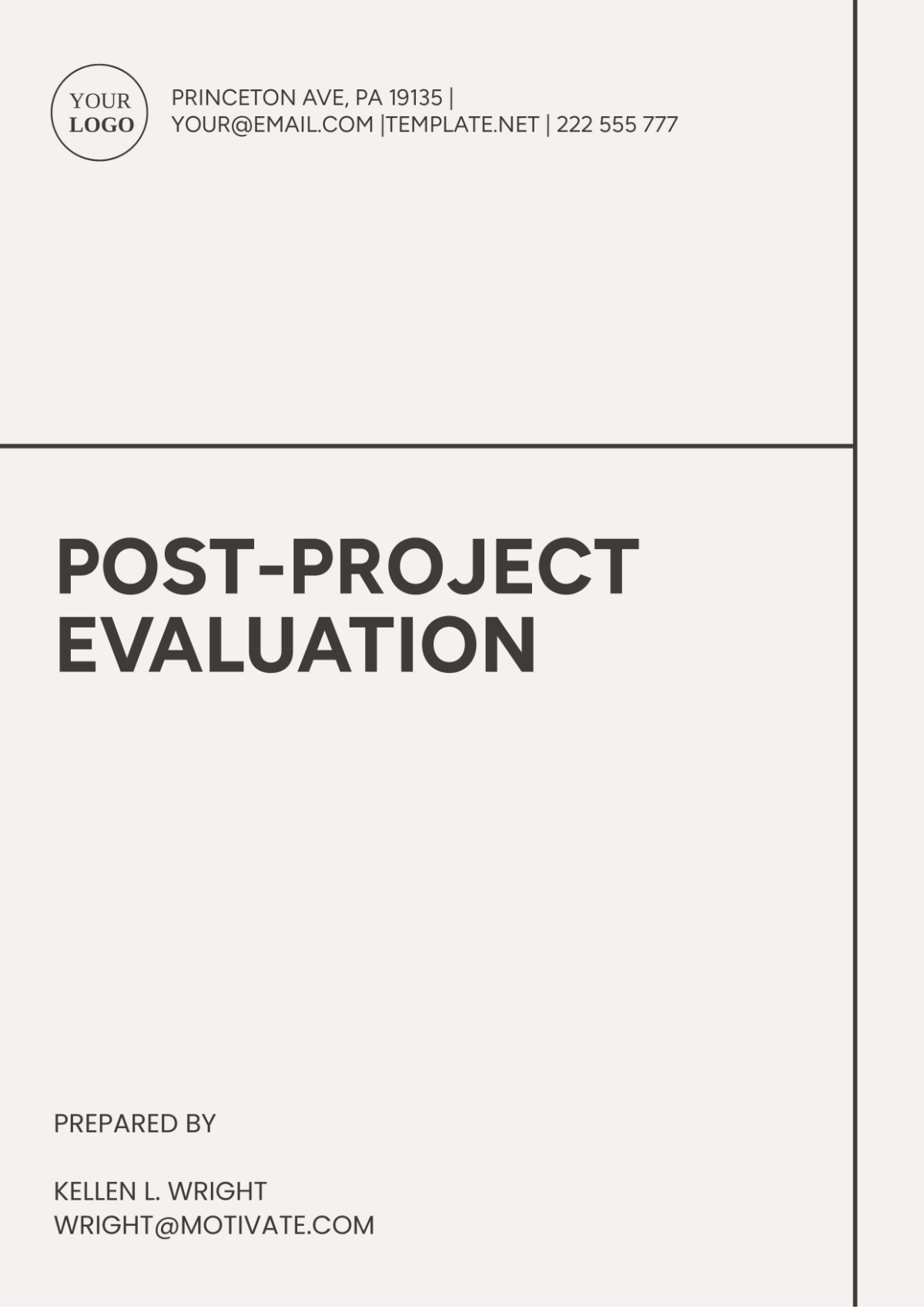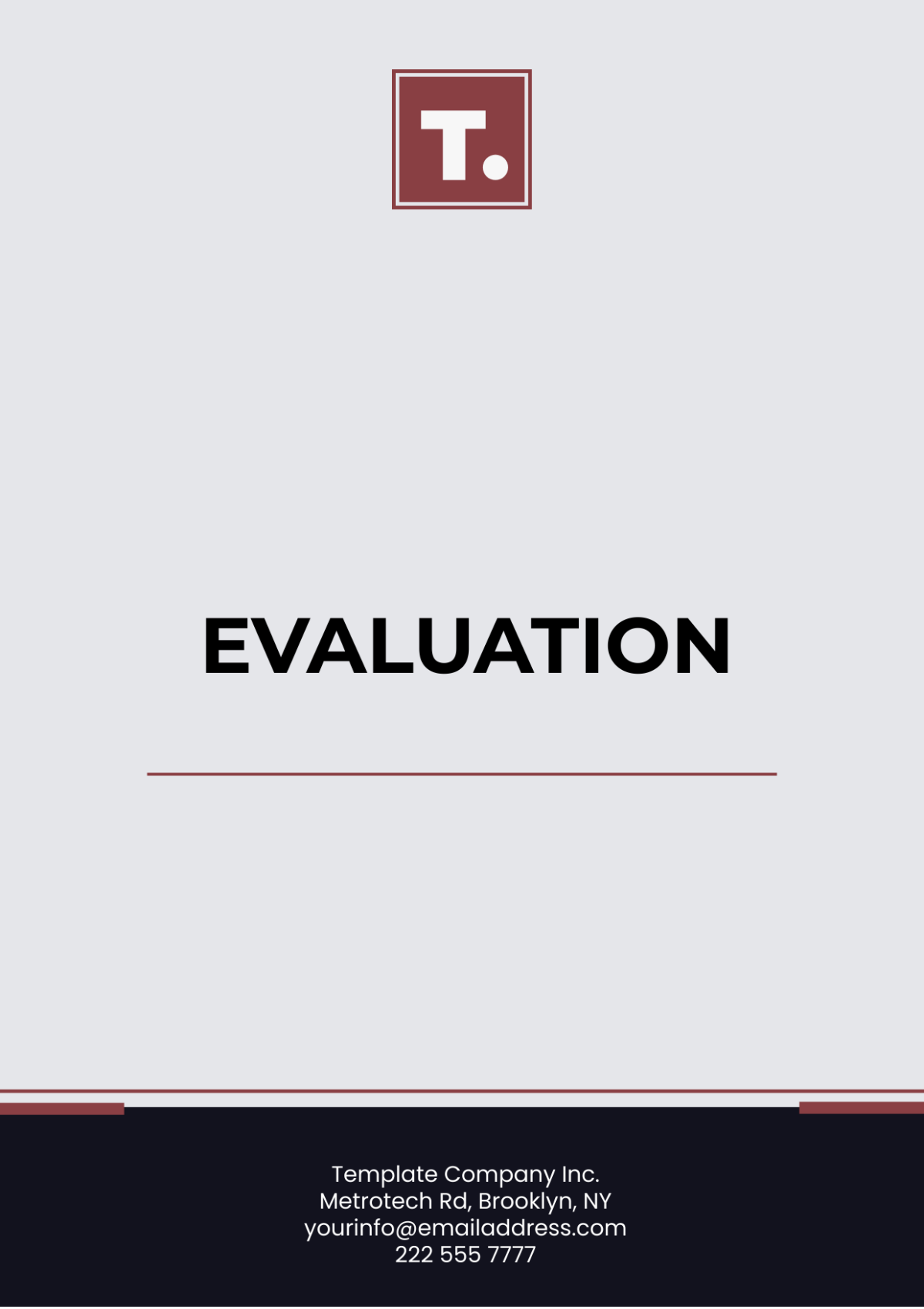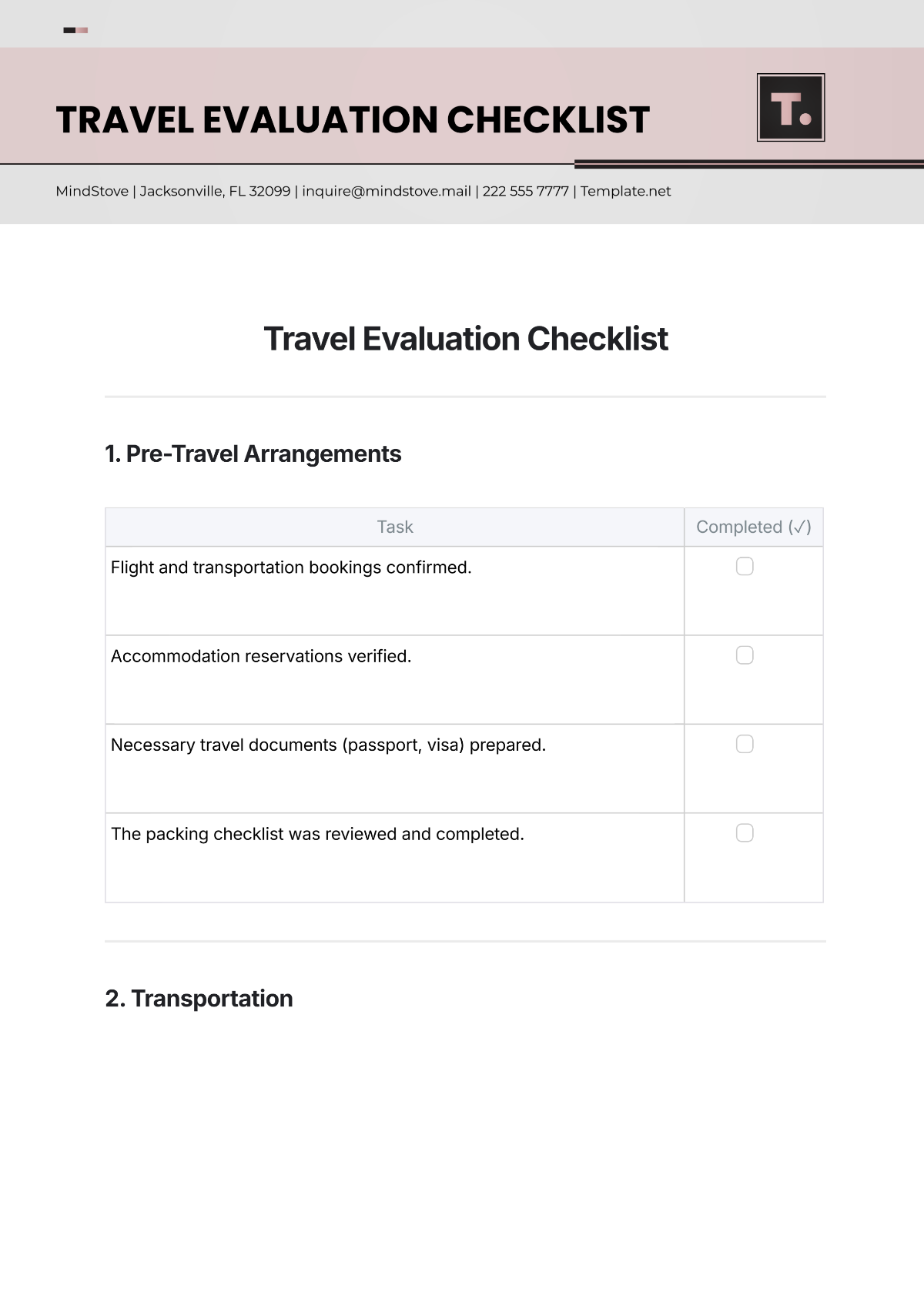PROCESS EVALUATION PROTOCOL
Name: | [Your Name] |
Company Name: | [Your Company Name] |
Date: | [Date] |
Process evaluation is a critical component of any organization's continuous improvement efforts. It involves assessing the effectiveness and efficiency of processes to identify areas for enhancement and optimization. This protocol outlines the procedures and guidelines for conducting process evaluations within [Your Company/Organization].
I. OBJECTIVES
The primary objectives of the Process Evaluation Protocol are:
To assess the efficiency and effectiveness of existing processes within the organization.
To identify strengths and weaknesses in current processes.
To pinpoint opportunities for improvement and optimization.
To ensure alignment with organizational goals, standards, and objectives.
II. SCOPE
The scope of the process evaluation protocol encompasses all operational processes within the company, including but not limited to:
Production processes
Service delivery processes
Administrative processes
Customer service processes
Financial processes
Human resources processes
III. PROTOCOL OVERVIEW
The process evaluation protocol consists of the following key components:
Planning: Define the objectives, scope, and criteria for the evaluation.
Data Collection: Gather relevant data and information about the processes under evaluation.
Analysis: Analyze the collected data to assess process efficiency, effectiveness, and adherence to standards.
Findings: Summarize the findings of the evaluation, including strengths, weaknesses, and areas for improvement.
Recommendations: Provide recommendations for enhancing and optimizing processes based on the evaluation findings.
Implementation: Develop an action plan for implementing the recommended improvements.
Monitoring and Review: Continuously monitor and review the implemented changes to ensure their effectiveness and sustainability.
IV. PROCEDURE
Planning:
Define the objectives and scope of the process evaluation.
Identify the criteria and metrics for assessing process performance.
Establish a timeline and allocate resources for the evaluation.
Data Collection:
Collect relevant data and documentation related to the processes under evaluation.
Use a variety of methods such as interviews, surveys, observations, and document reviews to gather information.
Analysis:
Analyze the collected data to assess process efficiency, effectiveness, and compliance with standards.
Identify patterns, trends, and discrepancies in process performance.
Findings:
Summarize the key findings of the evaluation, including strengths, weaknesses, and areas for improvement.
Present the findings clearly and concisely, using visual aids such as charts and graphs where applicable.
Recommendations:
Based on the evaluation findings, provide actionable recommendations for enhancing and optimizing processes.
Prioritize recommendations based on their potential impact and feasibility of implementation.
Implementation:
Develop an action plan outlining specific steps, responsibilities, and timelines for implementing the recommended improvements.
Obtain buy-in from stakeholders and allocate resources as needed to support implementation efforts.
Monitoring and Review:
Continuously monitor the implementation of recommended improvements.
Collect feedback from stakeholders and assess the effectiveness of the implemented changes.
Adjust the action plan as necessary and continue to refine processes based on ongoing evaluation and feedback.
V. DOCUMENTATION
Ensure thorough documentation of all aspects of the process evaluation, including:
Objectives and scope
Data collection methods and sources
Analysis techniques and findings
Recommendations and action plan
Monitoring and review outcomes
The Process Evaluation Protocol serves as a framework for systematically assessing and improving organizational processes. By following this protocol, opportunities for enhancement can be identified, operations can be streamlined, and the overall efficiency and effectiveness of the organization can be enhanced.
_____________________________________________________________________________________

